Even by the standards of Autocar’s Christmas Road Test, in which we deliberately test something that is not a car, this is slightly unconventional.
Assessing the East Anglian Air Ambulance is a test of not just the rotary-massed hardware on show but also the way it is operated. It is, in effect, a test of two things that are interdependent on each other.
The first of those things is a state-of-the-art helicopter, one of the newest and most capable in the range of Airbus Helicopters (the company that was called Eurocopter until last year).
It’s an EC145 T2 helicopter but, rather than being the sole subject of this feature, it’s what an organisation called the East Anglian Air Ambulance has done with the EC145 – how it has kitted out the helicopter and operated it – that is the true subject, the true hero, of this year’s Christmas Road Test.
The East Anglian Air Ambulance – shall we just go with EAAA from now on? – operates two helicopters, one from Cambridge and one from Norwich. It’s a charity that deals in emergency response, bringing medical care to those who need it most urgently: often traffic accident victims, horse riders and those who’ve had accidents in remote areas.
One of the EAAA’s helicopters is an EC145 T2, the first such model to become operational in Britain and only the 12th EC145 to hover away from Airbus’s production line. The EAAA is about to receive its second EC145 to replace a smaller, older Eurocopter helicopter.
Our test is of its recently delivered machine. We have flown in it and interviewed its pilots – although not the tall, regal one of whom you may already have heard – and its medical staff, to fully understand what it means to operate a 365-day-a-year, 24-hour-a-day emergency service that responds to thousands of calls a year, covering an area of more than 5000 square miles and a population of nearly three million. From several hundred feet up. Here’s how they do it.
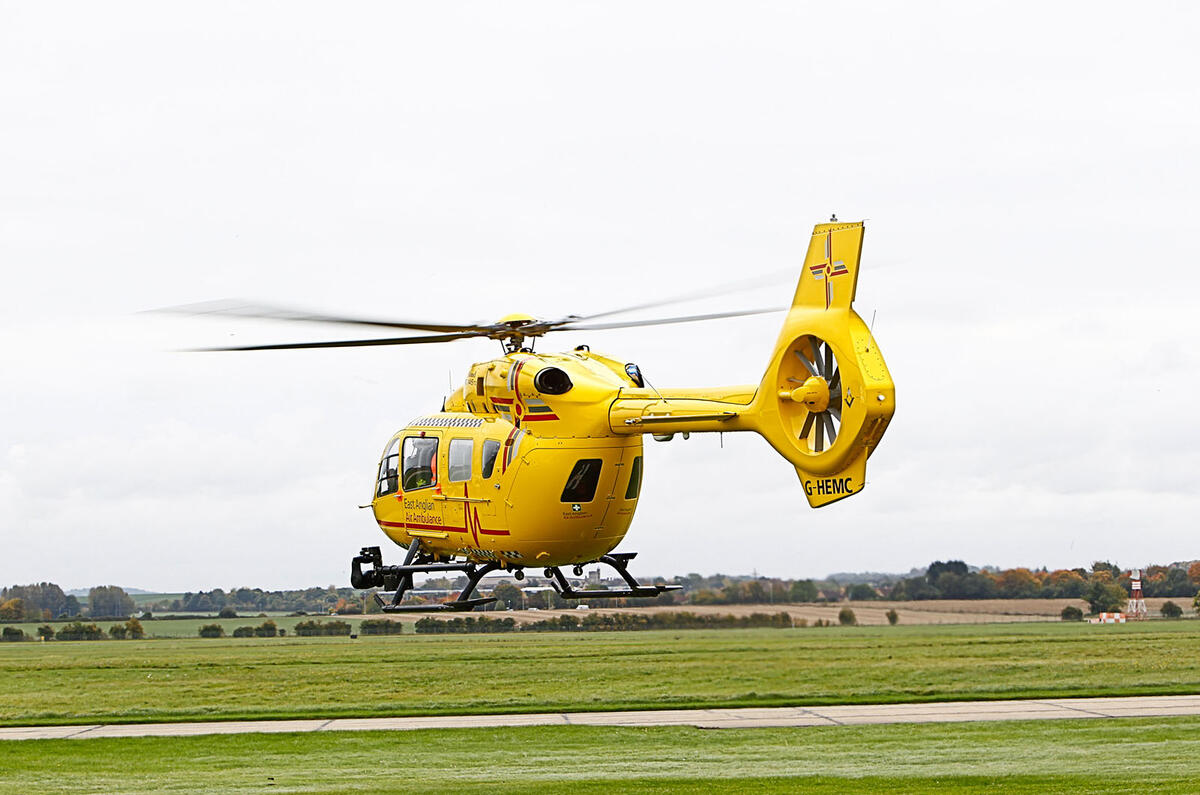
Design and Engineering (five stars)
The most obvious difference between the EAAA’s old and new helicopters is that the latest EC145 has a larger rear passenger compartment and is crewed by two pilots rather than one.
The EC145 T2 (recently renamed the H145 by its maker, Airbus Helicopters, to accompany the company’s rebranding) sits at the mid-point in Airbus’s commercial helicopter range. It’s big enough in the back to fit all the equipment that EAAA requires, yet compact enough to be manoeuvrable, and – by the standards of choppers – economical.
What’s surprising about aircraft, though, particularly light aircraft, is how much capability they can pack into such a small space. The EAAA’s EC145 seats two pilots facing forward (natch), and directly behind them can sit two rear-facing passengers. Then there are two more forward-facing seats along one side of the rear cabin, with a stretcher for taking a patient, loaded through the rear doors, along the other side.
On and around that bed fits more equipment than is carried in any road-going ambulance. There’s also a considerable amount of window area and six doors. And all of this inside a cabin that’s barely 4.6 metres long and no wider than a passenger car’s.
It is no wonder, then, that the doors clack shut with all the finesse of an early 1960s Longbridge product. Everything is built to be light, to the extent that the EC145 must take off weighing no more than 3650kg. And, given that it has two turbine engines making 894bhp between them, and whose exhausts heat to around 1000deg C as they spin to around 6000rpm, you can imagine that keeping the unladen weight down to 1919kg is quite a challenge.
Much of the construction is aluminium, with a tail rotor assembly, or Fenestron, made entirely from composite material. The rear rotor spins at 2400rpm, while the four main rotors turn at 383rpm in flight conditions to create sufficient lift to keep the EC145 airborne.
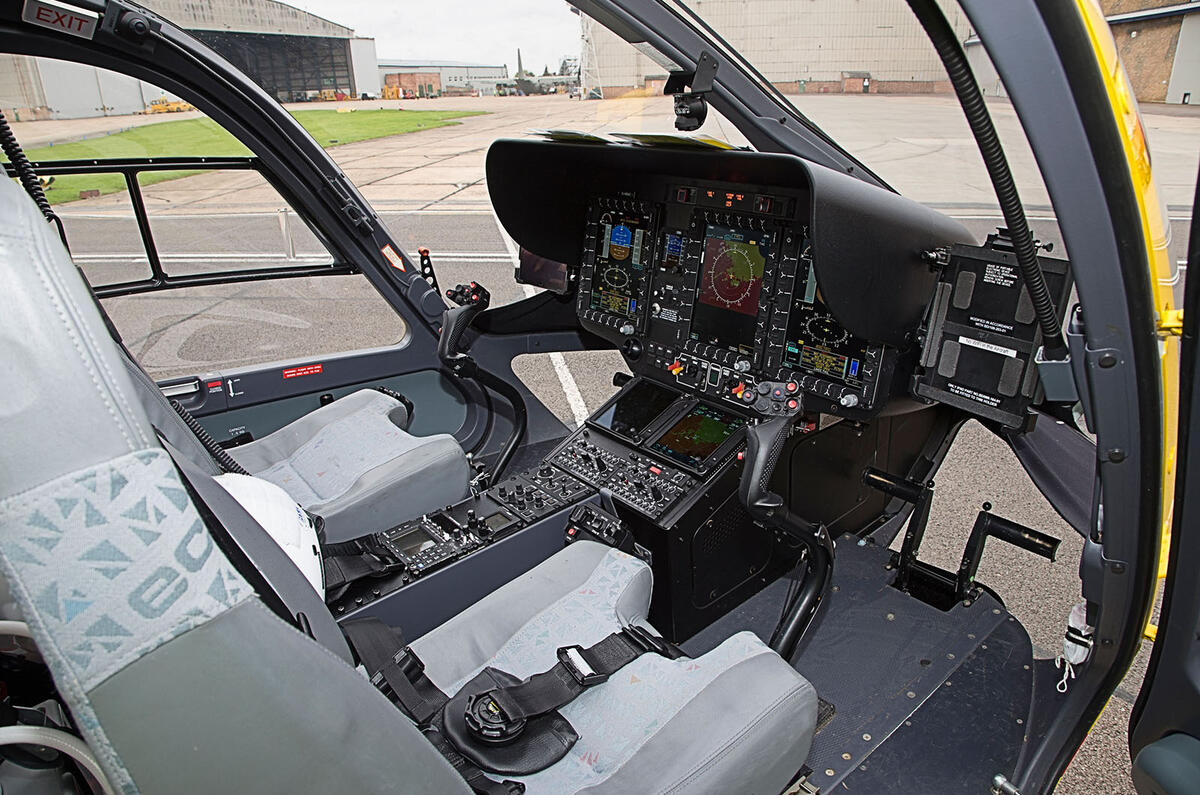
Interior (five stars)
If you think platform and module sharing is only for the automotive industry, think again. Airbus’s helicopters use the same avionics suites as Airbus airliners – or at least, they pick and choose from them. Three out of four of a commercial airliner’s screens make it, lightly modified, to the inside of the EC145, where two pilots – and the EAAA’s is slightly unusual in that it uses two, rather than one – guide the controls.
EAAA employs two flight crew because it makes things safer and faster. The air ambulance flies in nearly all conditions and certainly at any time of the day or night, and the flight crew don’t necessarily know precisely where they’re going or where they’re landing until they get there. Therefore, any tasks that one pilot can take from the other to speed up the process is a bonus.
The EC145 has a spacious forward cockpit with superb visibility and is so sophisticated that it can make you “quite a lazy pilot”, according to one crew member.
There’s nothing lazy about either crew member, really. It’s just that a capable helicopter is essential, given that visibility might be appalling, their job is urgent and there might be unknown hazards on the ground. Any time the helicopter and its equipment can save helps to increase a patient’s chances of survival.
Hence, EAAA’s EC145 has a huge searchlight, to scour for potential landing areas. It’s backed up in the cockpit by iPads, whose maps zoom to street-name level (helpfully, because the standard avionics cannot) and which can even show the location of overhead power cables, to help the pilots to put the EC145 on the deck as safely and quickly, and as close to the patient, as possible. The crew even have night vision goggles.
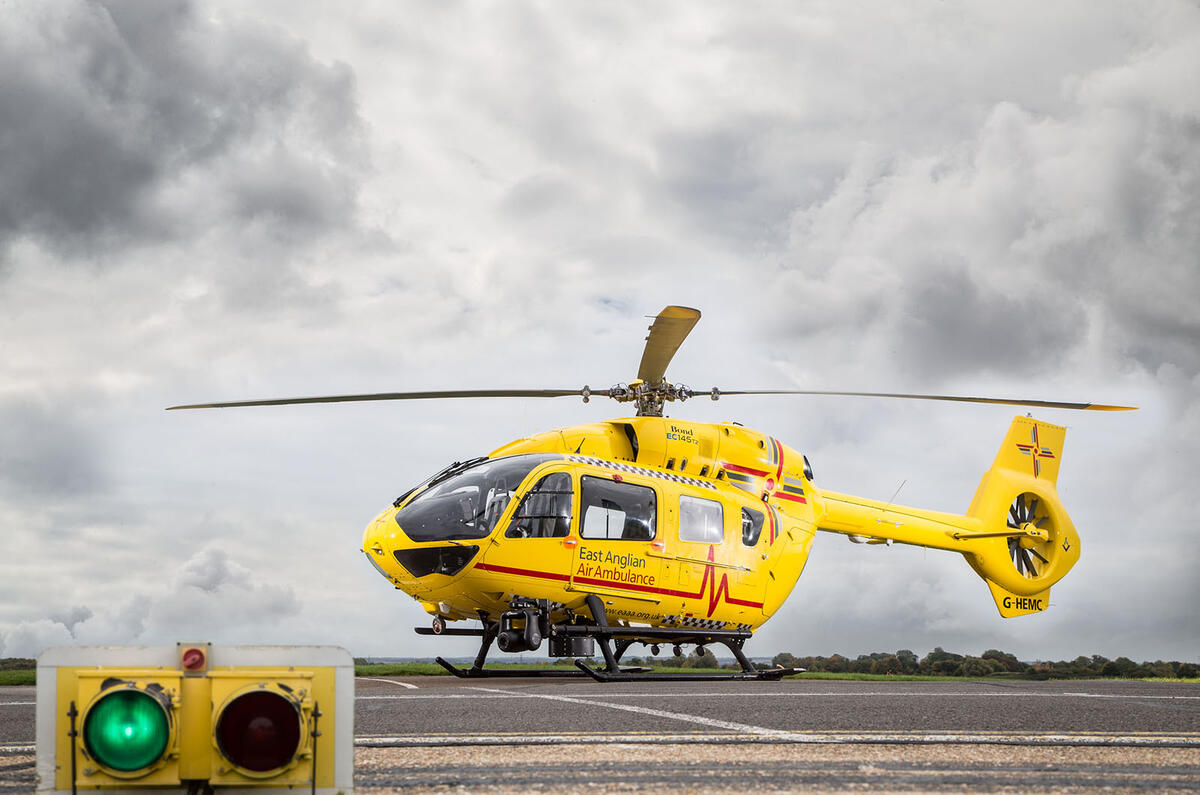
Performance (five stars)
To be horribly blunt, after a major trauma, there are statistical peaks when a patient is most likely to die. There is a small peak after a week or so, after perhaps infection has taken hold. There’s another day or so after trauma, when prolonged emergency treatment has failed. But by far the biggest peak is the first: within hours of an accident and hospital admission. The earlier clinical care can start, the better a patient’s chances of survival. And it’s precisely that which the EAAA is attempting to tackle. Its people are trying to turn what would otherwise be the last day of your life into merely the worst day of your life.
Anywhere in the East Anglia region can be reached by the AEEE within 25 minutes of receiving an emergency call. But it is not just the speed of the helicopter versus a road-going ambulance that makes the EAAA so valuable. What really sets it apart are the two medical staff in the back: a critical care paramedic, who will see the kind of injuries every day that most paramedics see only once every six months, and an A&E-grade doctor. Plus, as we’ve mentioned, there’s a vastly bigger array of equipment and drugs than you’ll find in a conventional ambulance.
Getting those personnel and their equipment to the casualties is the EAAA’s main role. It’ll carry a patient onwards to hospital in only around a third of cases. Most of the time, it is what it takes to the scene that makes the difference, rather than what it takes away. It brings casualty department care to the scene of an accident.
But make no mistake: the EC145 is fast. Its maximum cruising airspeed is 166mph and its recommended cruise 150mph. With a tailwind, the crew have seen speeds across the ground of more than 170mph – useful given that the helicopter takes a couple of minutes to wind up and a short while to wind down.
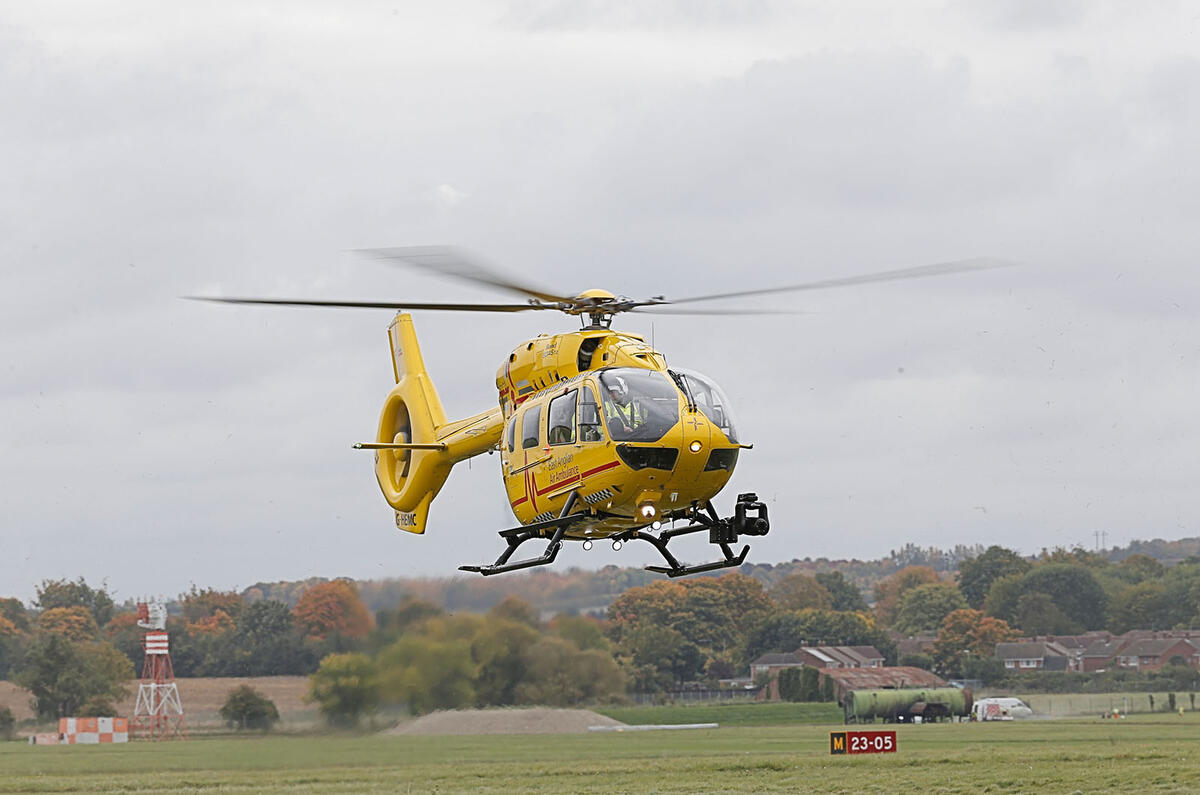
Ride and Handling (five stars)
The EAAA’s pilots are extremely fond of the way the EC145 handles in the air. They tell us it’s agile for a helicopter of its size, it has power to spare and it’s a particularly easy machine to fly. It helps you out, too. It has a four-axis autopilot that the flight crew use “all the time, so we can free up capacity and think about what we’re going to do”. There is even collision detection.
The EAAA flies most places at 1000ft, although it can fly as low as 500ft when necessary. Around airports it generally has to be beneath 700ft. Telling air traffic control that it’s on an HEMS (Helicopter Emergency Medical Service) call, the flying equivalent of a blue light call, doesn’t give the EAAA carte blanche to fly where it likes, but traffic control will give it priority wherever possible.
In the more remote parts of East Anglia, there’s less chance of intruding on someone else’s airspace, but the one-third of calls that require taking a patient to hospital will involve flying around congested air. The EAAA can only land at hospitals that have predetermined places for it – if not a helipad then a designated field or place in a car park. Addenbrookes in Cambridge and Norfolk and Norwich University Hospital in the local area, plus places such as the Royal London Hospital, all do.
From there, the paths of the crew and the medical team may be rather different. There’s a strong chance the helicopter will return home, leaving the medical team with a patient for a time after they’ve arrived at hospital. After that, what ride and handling experience the medical team have depends on the quality of the taxi they take back to base.
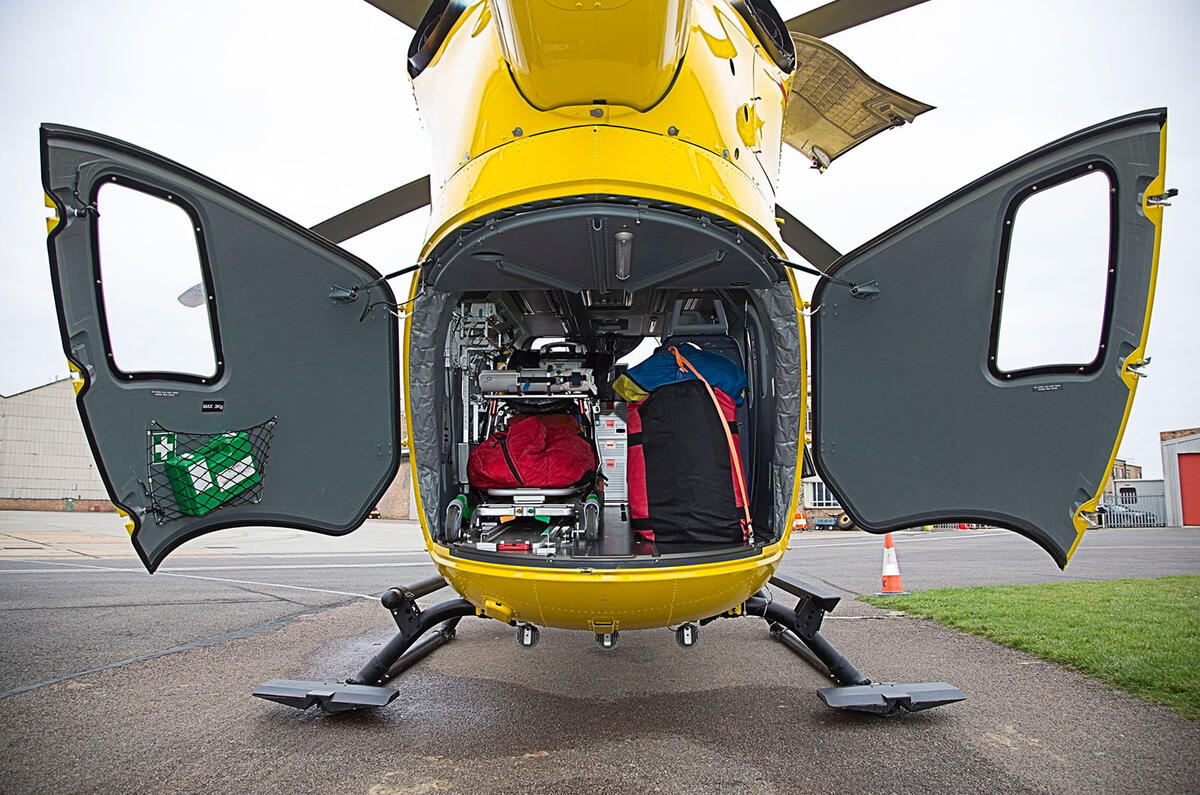
Buying and Owning (five stars)
The EAAA neatly sidesteps the sometimes difficult buying element of this section and instead leases the helicopters it uses. The EC145s are kitted out by a company called Aerolite, but the EAAA has a contract with Bond Aviation for the supply of the two helicopters themselves. Bond is responsible for making sure that they’re serviced and maintained, and if one is out of action, you get the equivalent of a courtesy car. There is looking after to do, too, because these helicopters are kept busy. They ran 167 missions in October alone.
Fuel costs are a bit lumpy, too. Taxiing out and taking off will get through 40kg of fuel alone, and then usage is around 240kg per hour, so the EC145 can fly for around 90-120 minutes before it hits reserve. Typically, it will refuel after every job from a bowser kept near the aircraft but, if rushed, it can do two close missions on a tankful.
The EAAA’s operating budget runs to £10.2 million per year. Remarkably, it is all raised charitably.
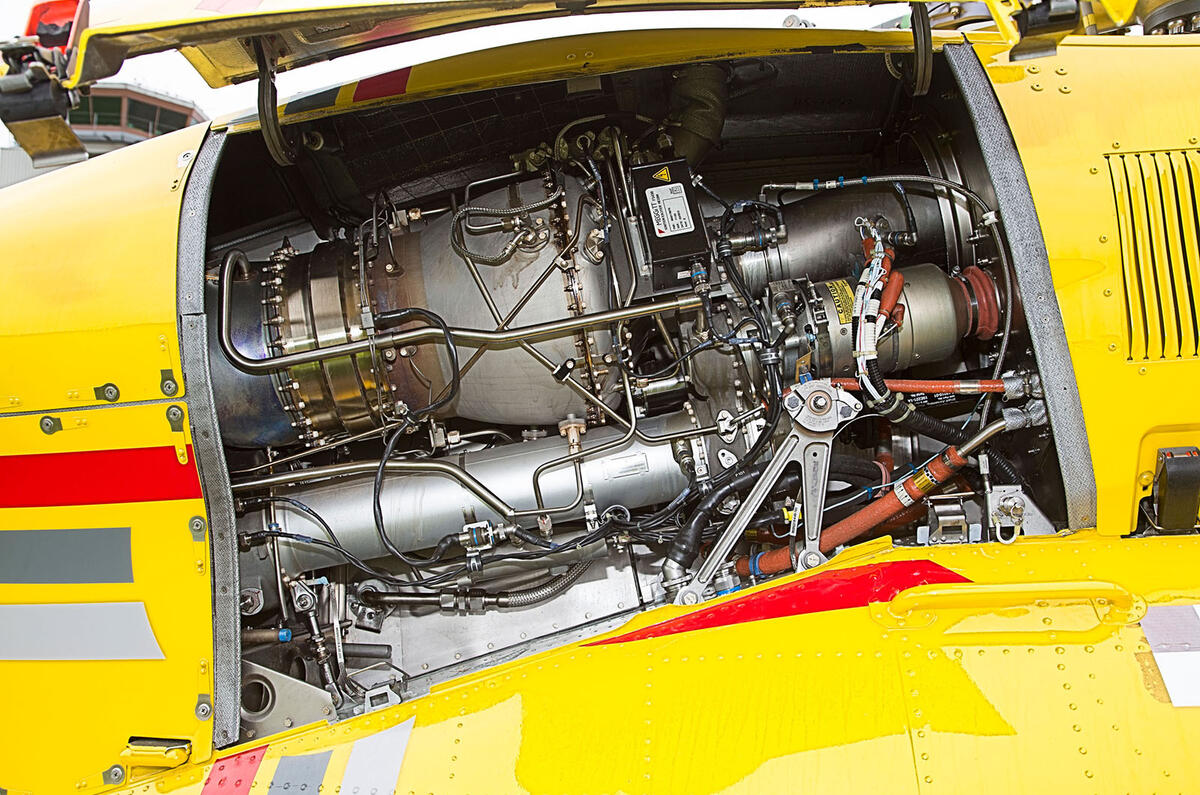
The verdict (five stars)
In many ways, an air ambulance is one of those vehicles you’d rather not see, because if the emergency services decide it’s needed, you’re probably having the worst day of your life. However, if you are in need of it, we strongly suspect there is no better sight in the world.
The difference it makes to those it helps cannot be overstated; it brings hospital-quality equipment and expertise to those in the field – sometimes literally – in a timeframe that is both critical and cannot be matched by other transport. The fact that the East Anglian Air Ambulance and others like it are funded entirely by charitable donation is remarkable and heart-warming.

Airbus Helicopters EC145 T2
We like the quickest way to reach casualties, the coolest way to reach casualties, saves lives
We don't like depends solely on public generosity to run. if you're a recipient of its care: absolutely nothing
Engines HF120; Thrust 4100lb ft; Price from £2.87 million; Claimed fuel consumption 240kg/hr; Range 351 nautical miles; Maximum cruise speed 166mph; Hover ceiling 12,000ft; Take-off power 894bhp; Maximum take-off weight 3650kg

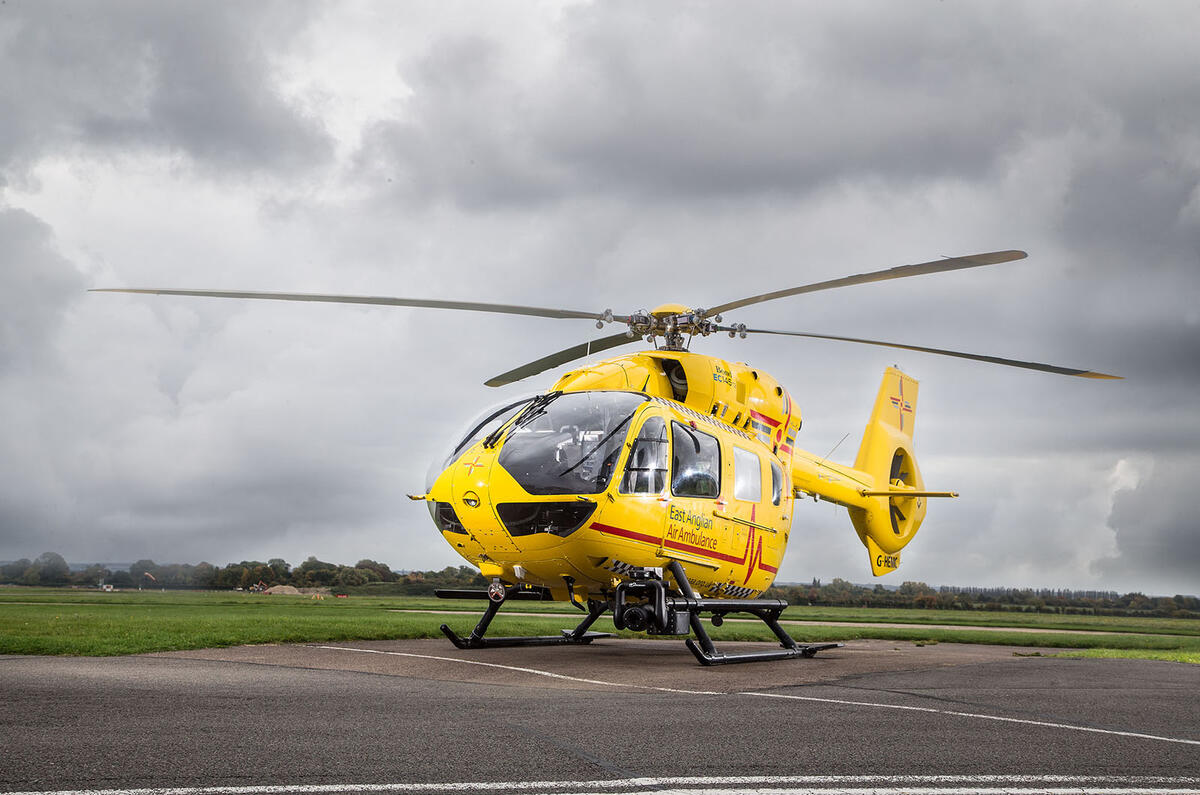
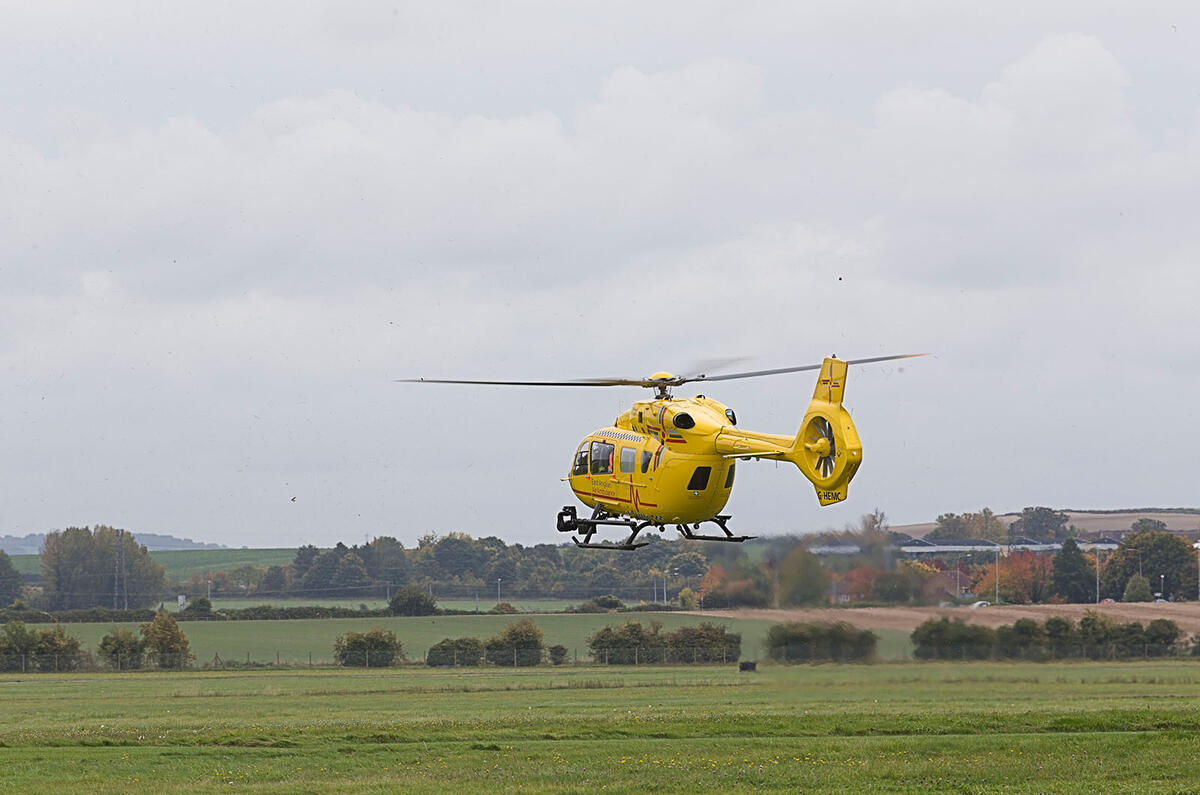
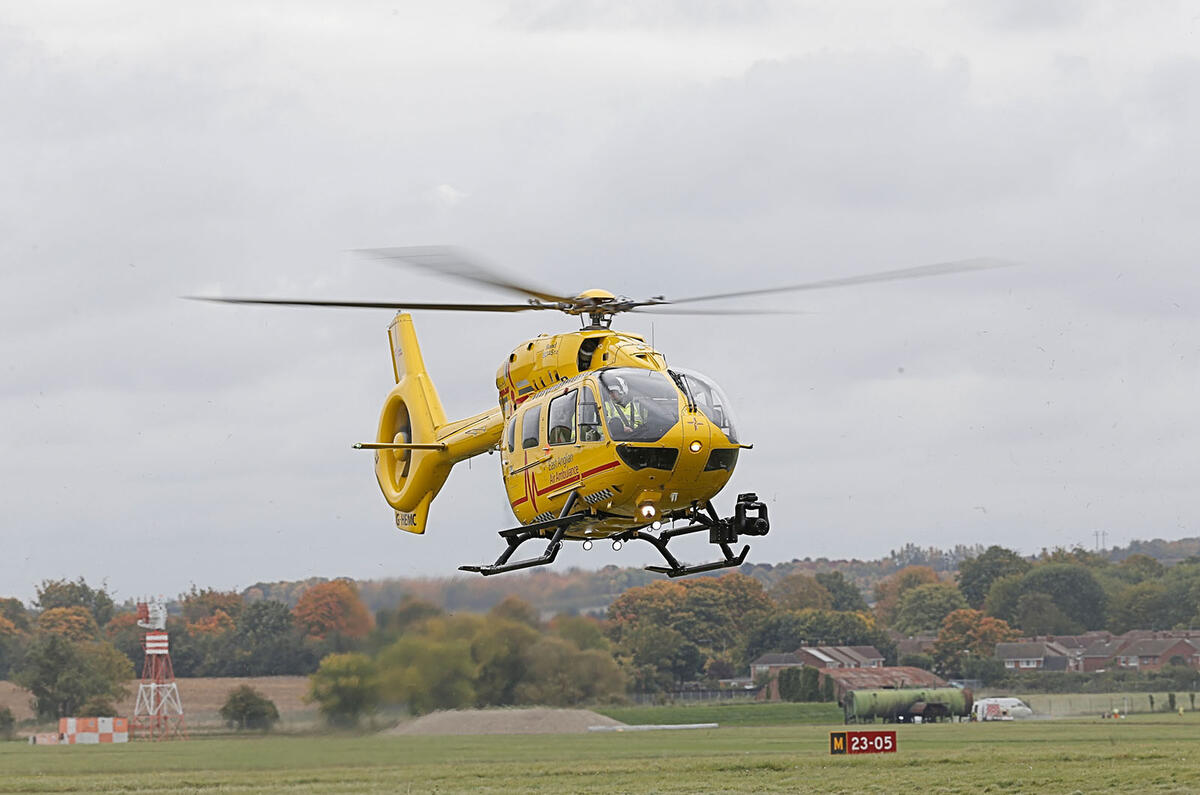
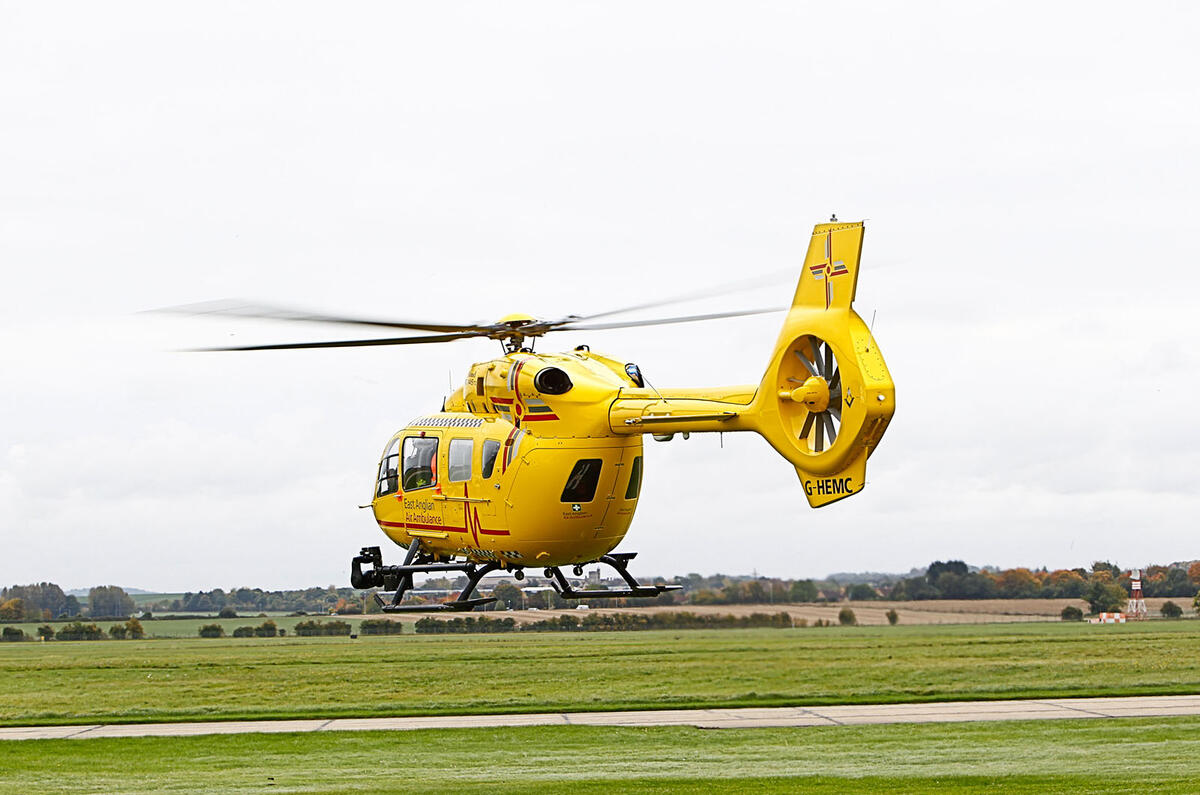
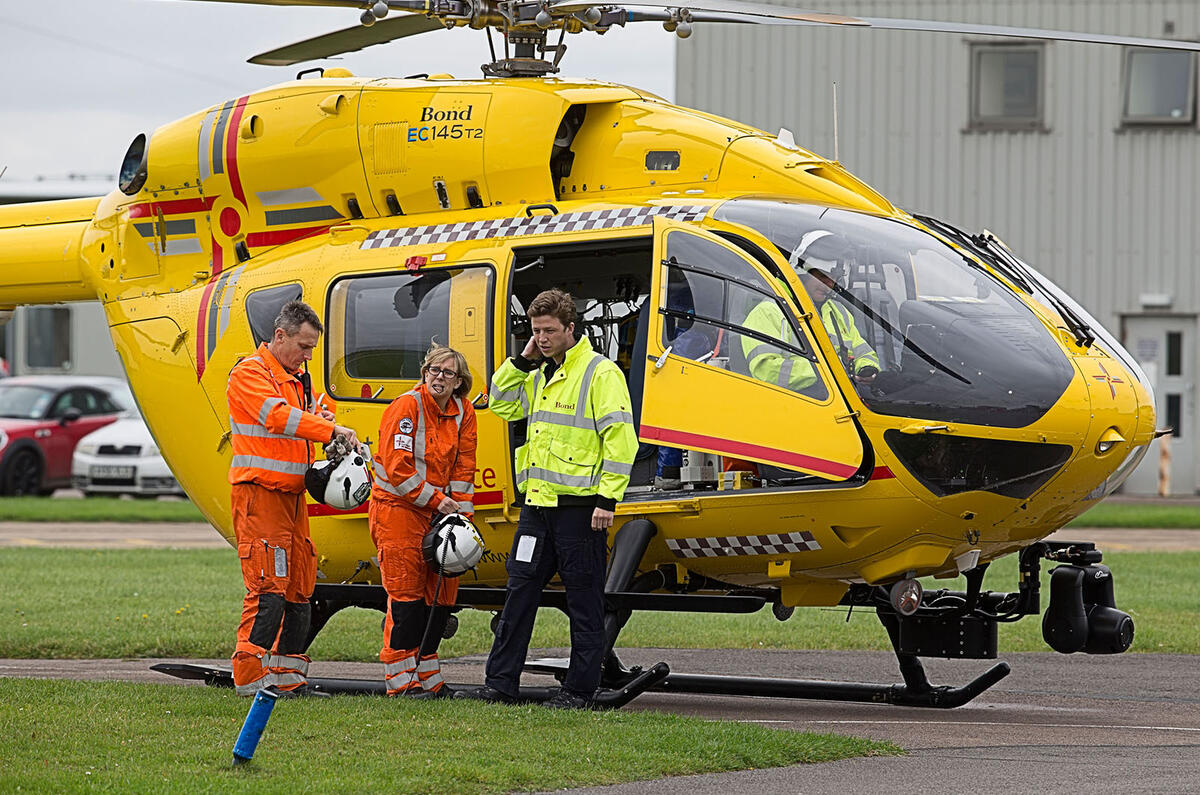

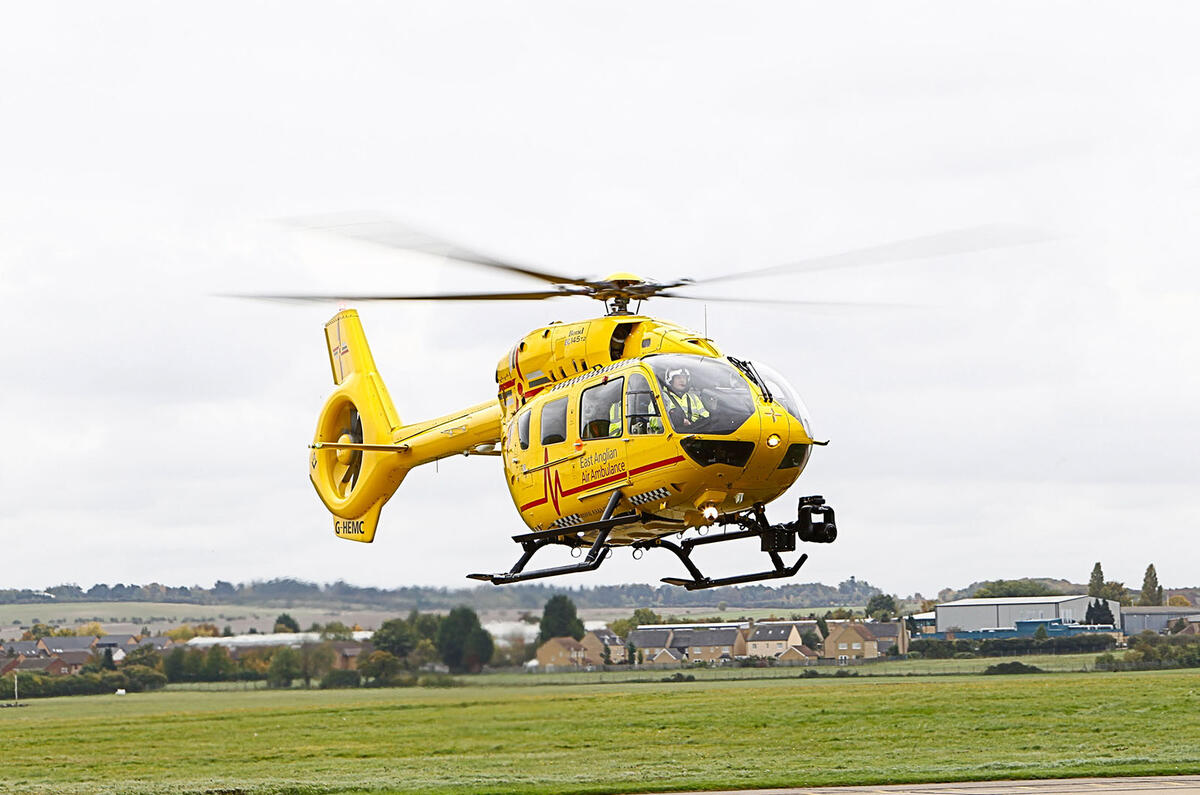
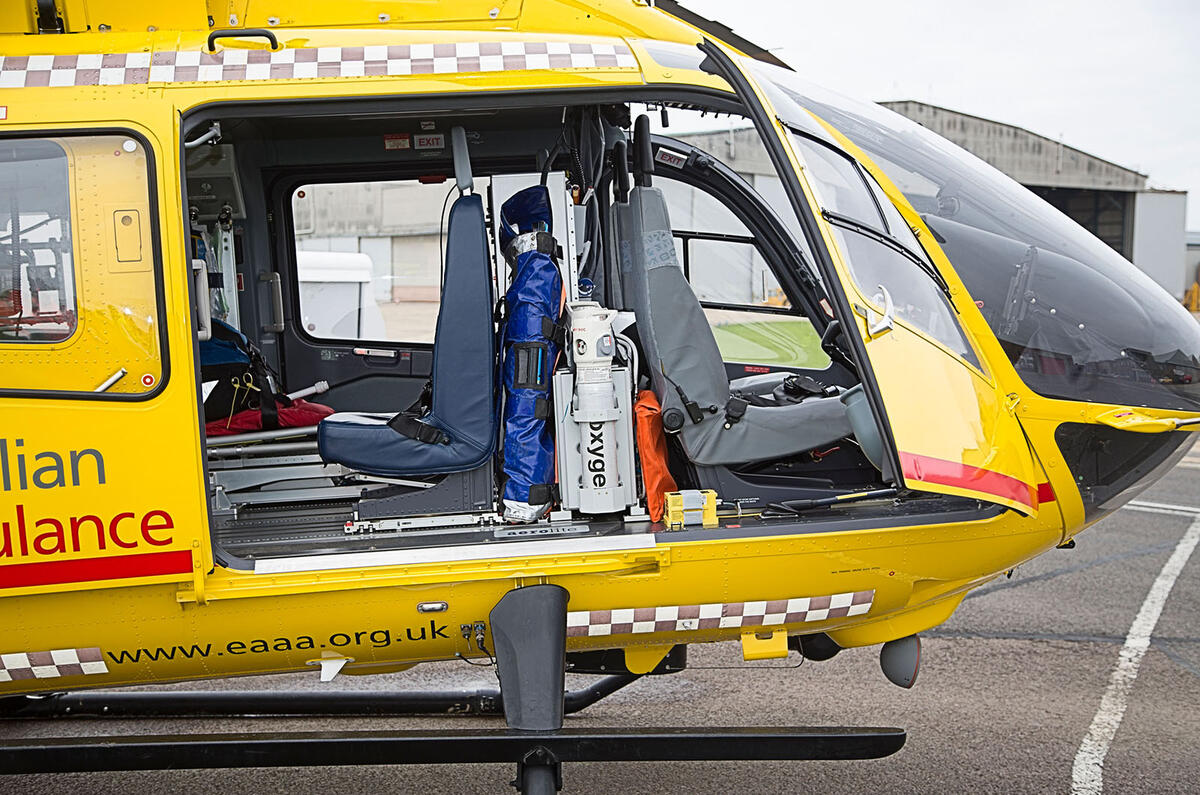

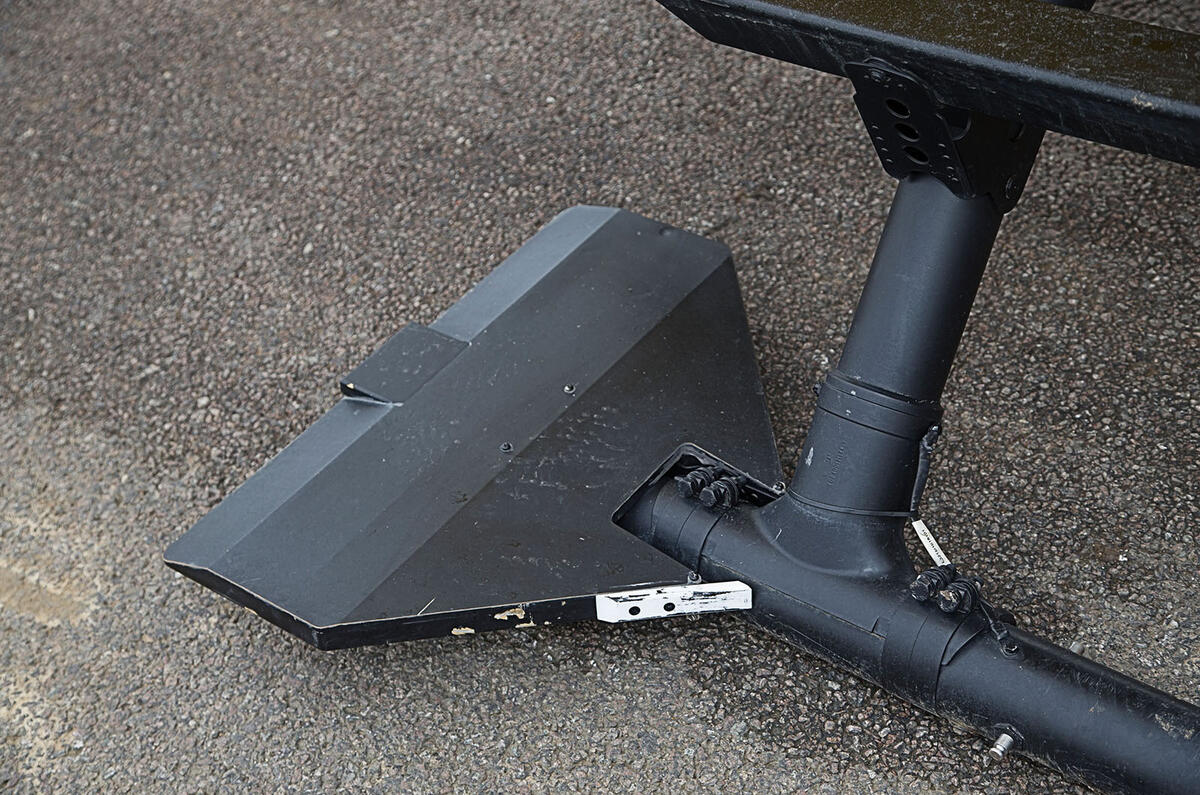
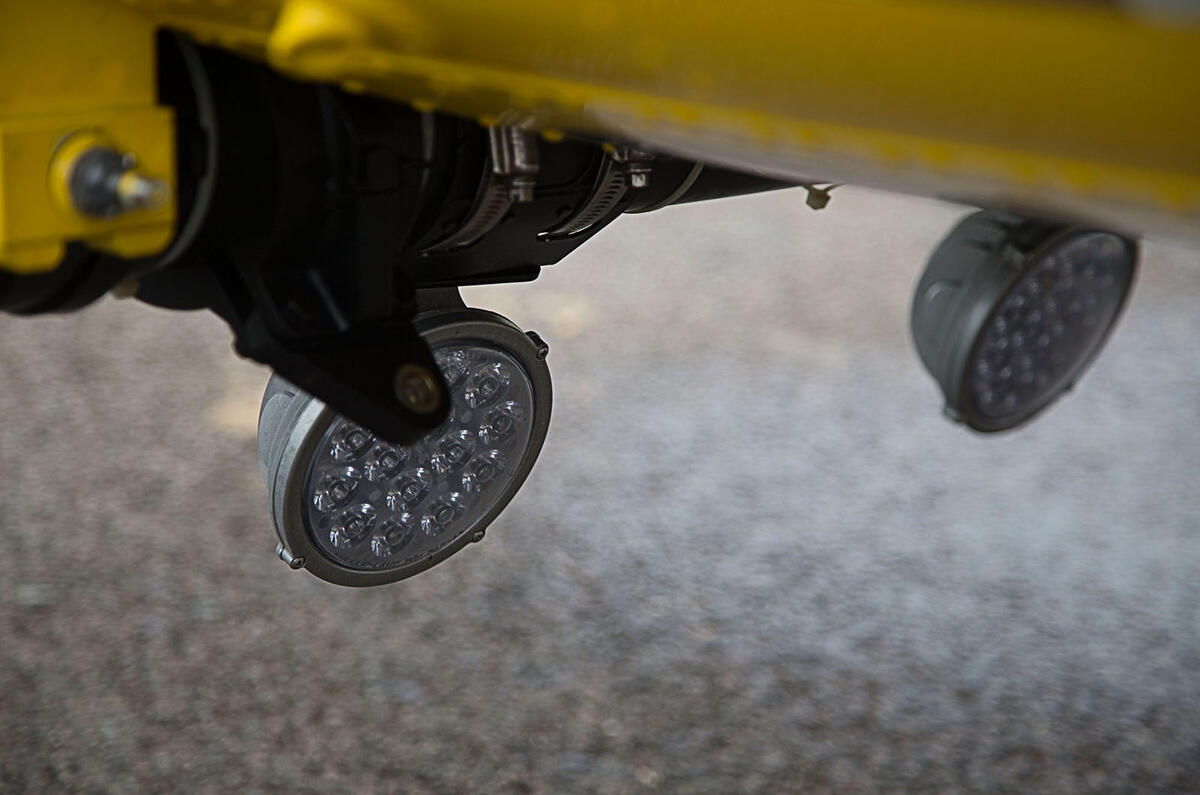

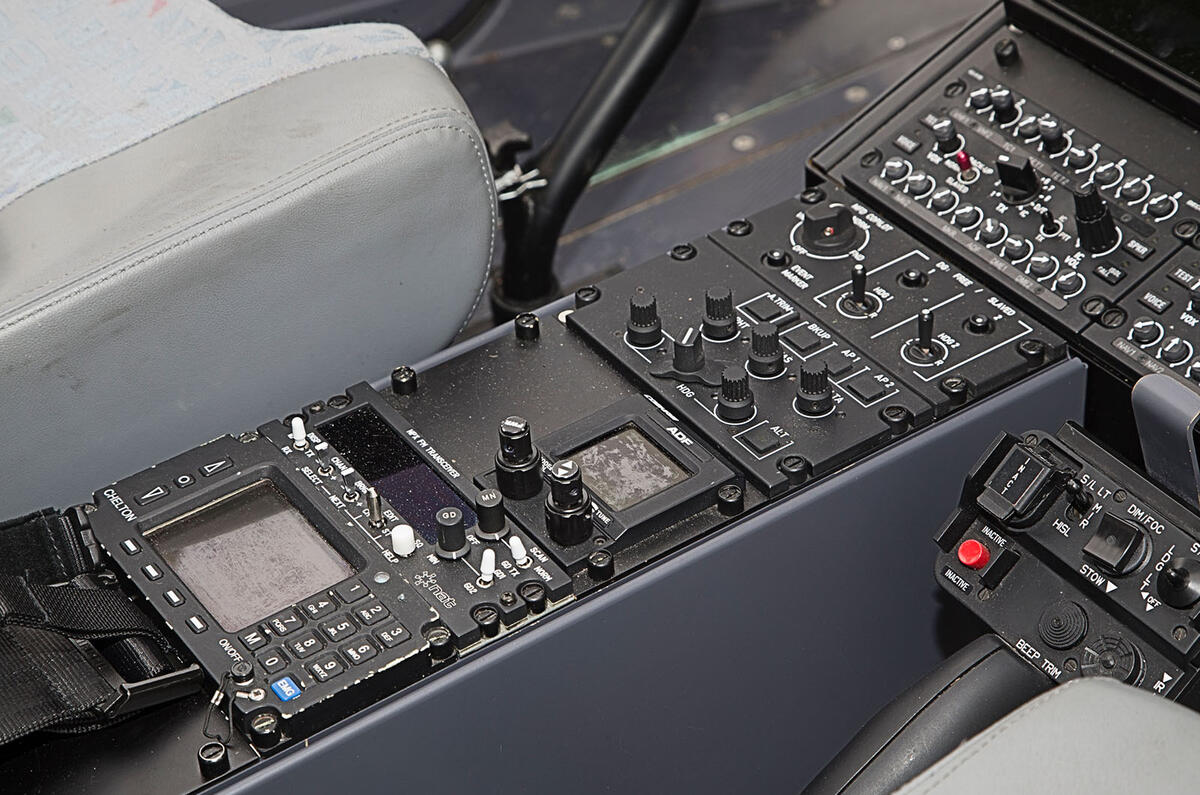

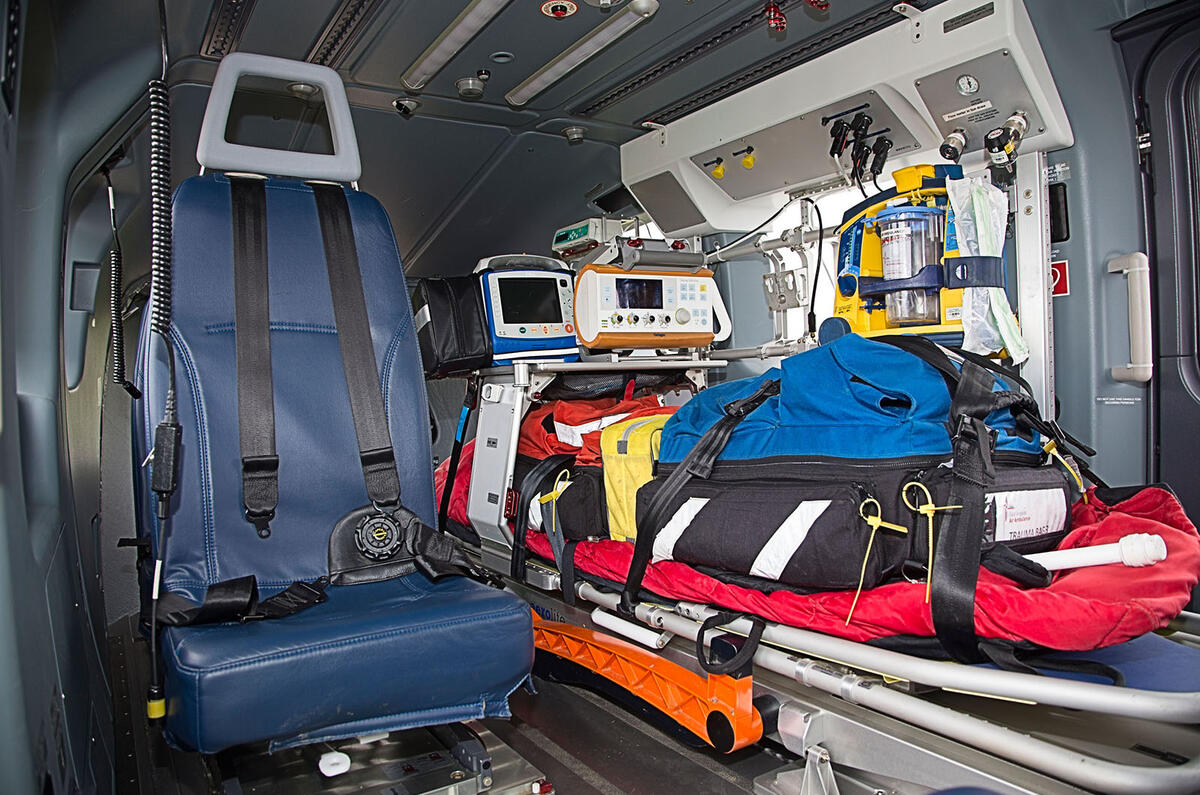
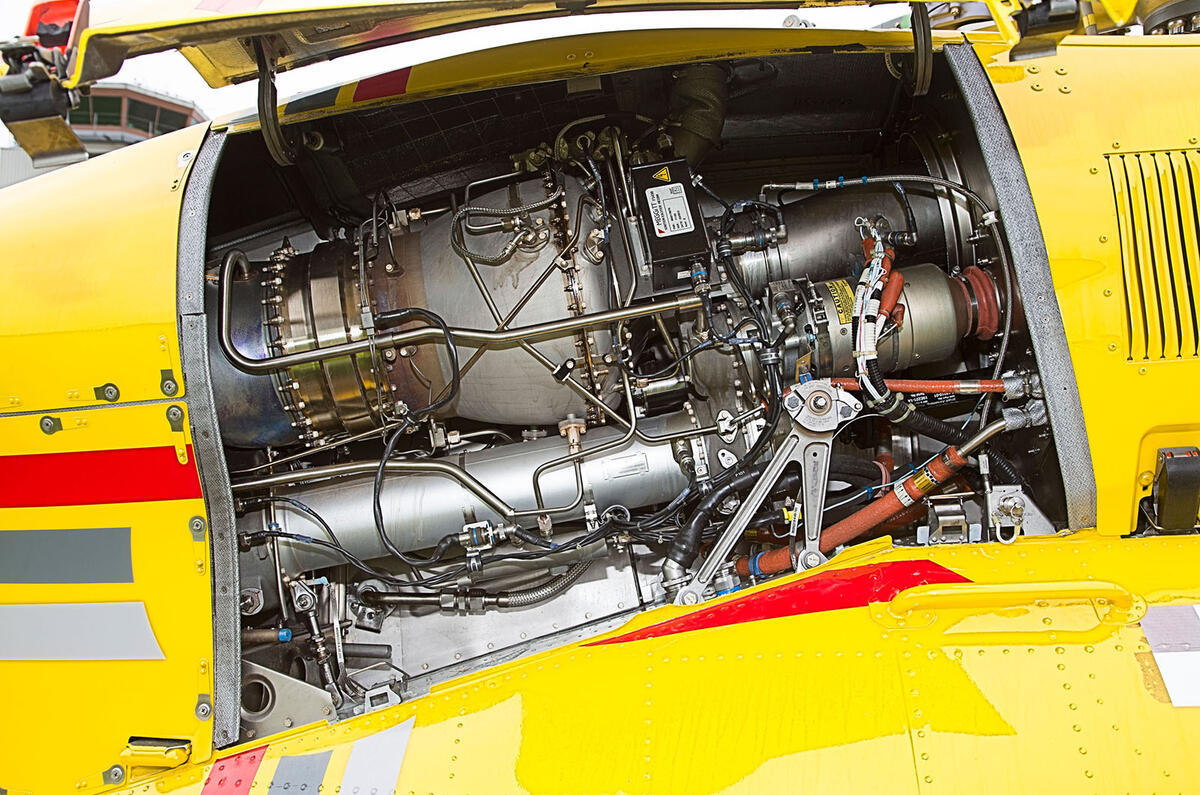
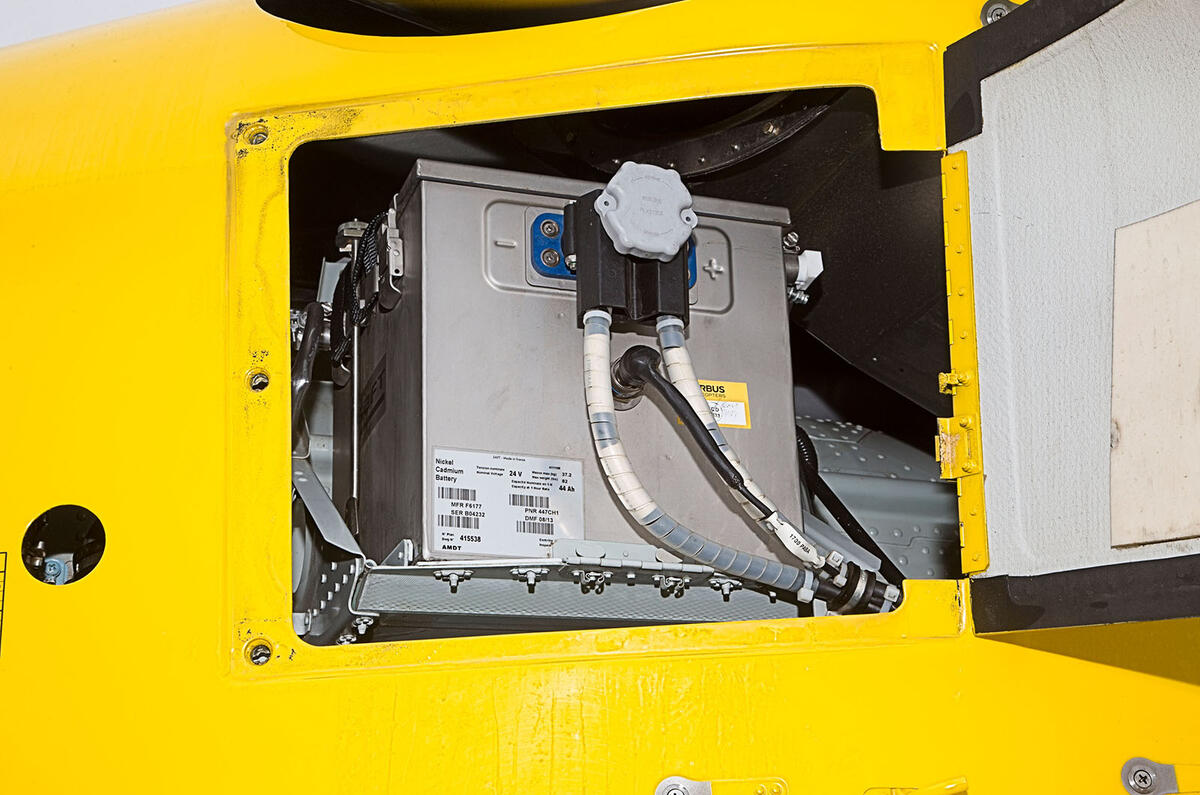
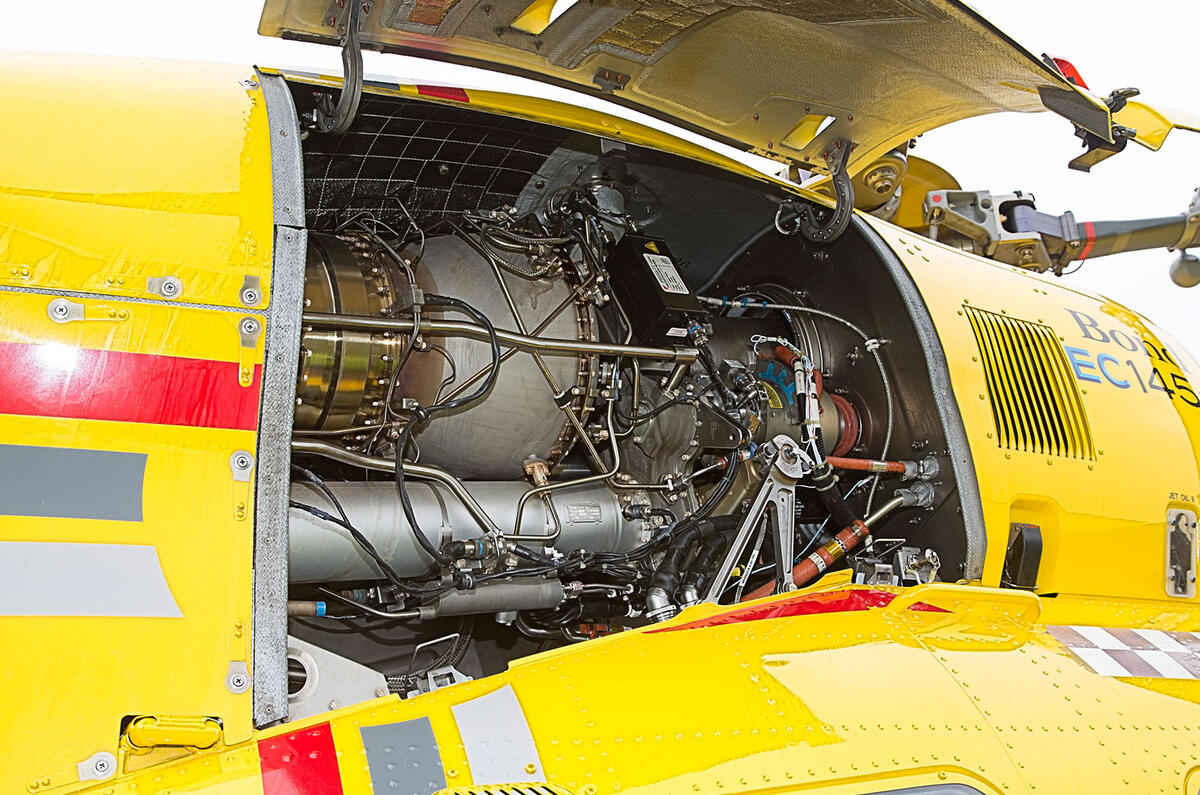
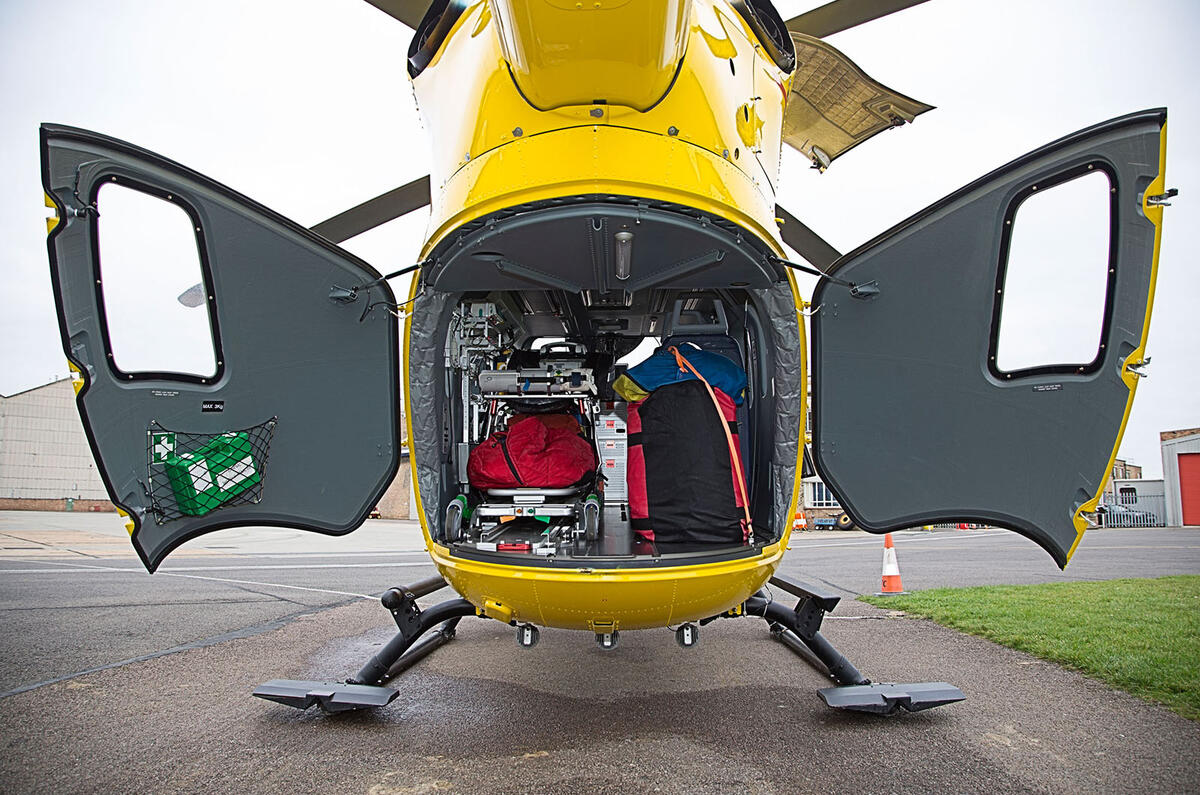
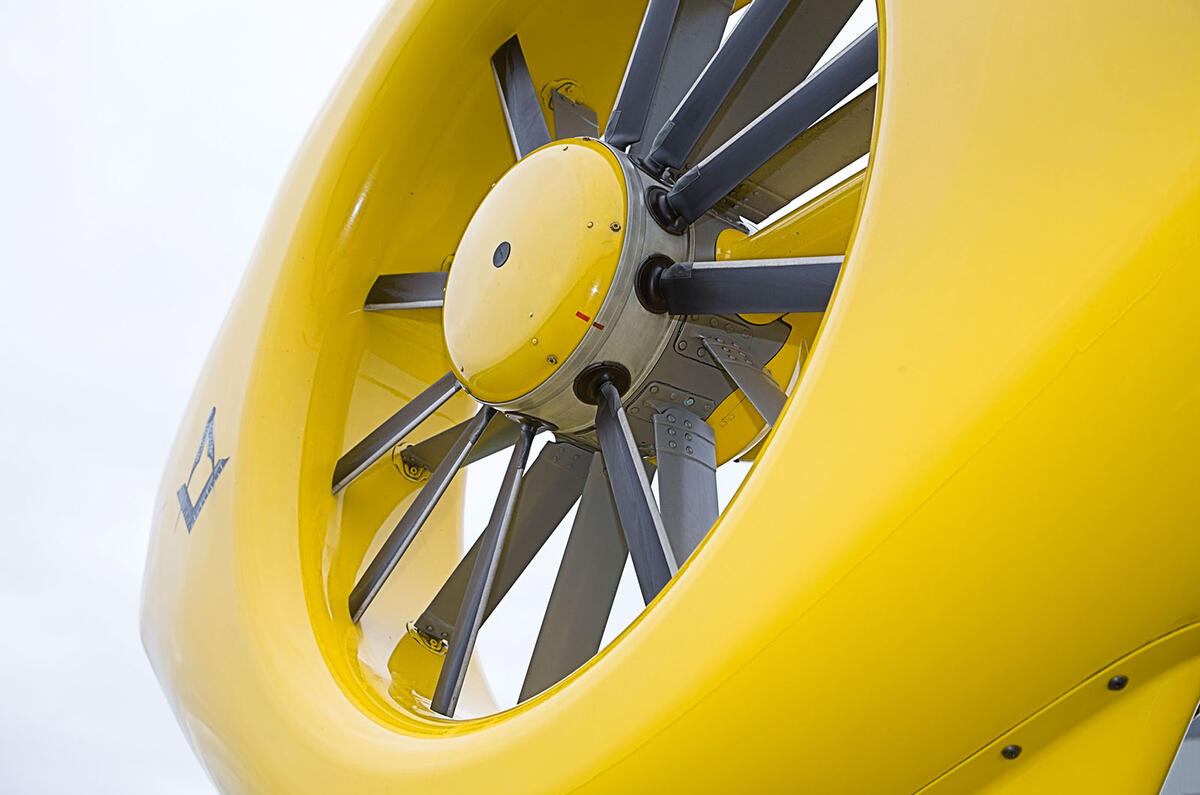
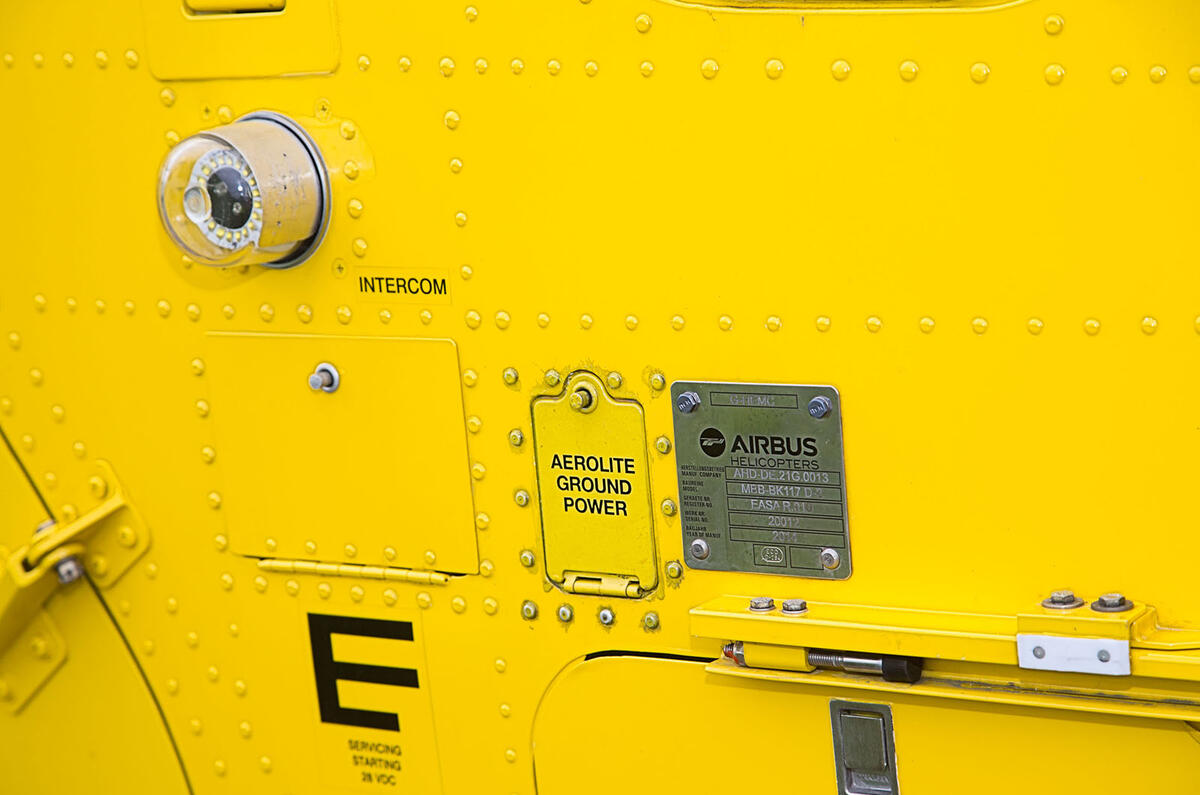
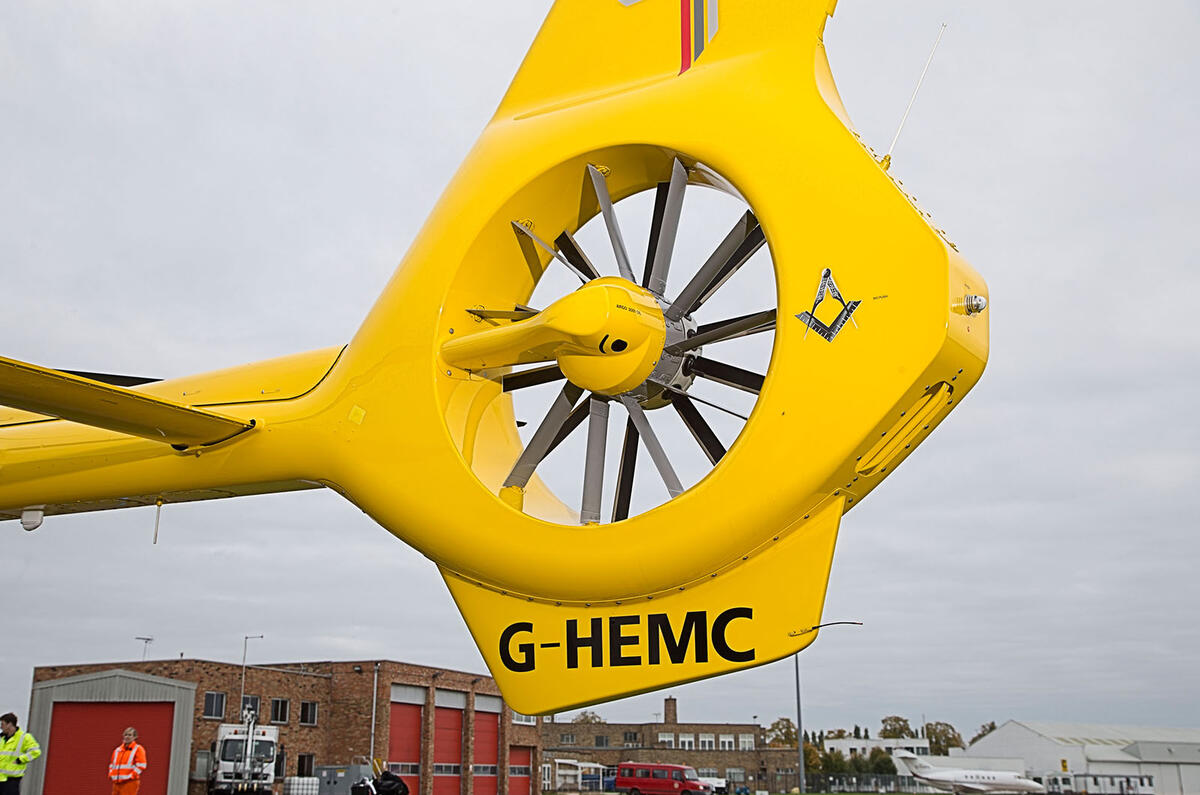

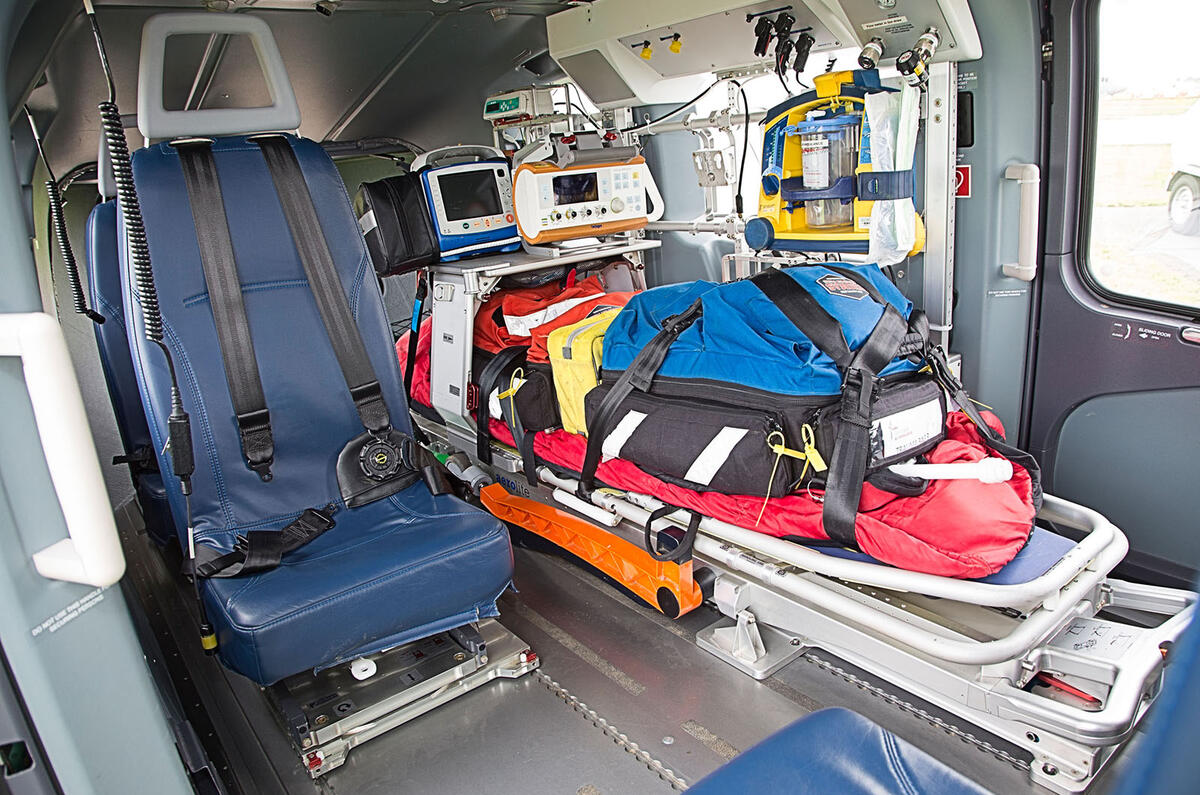
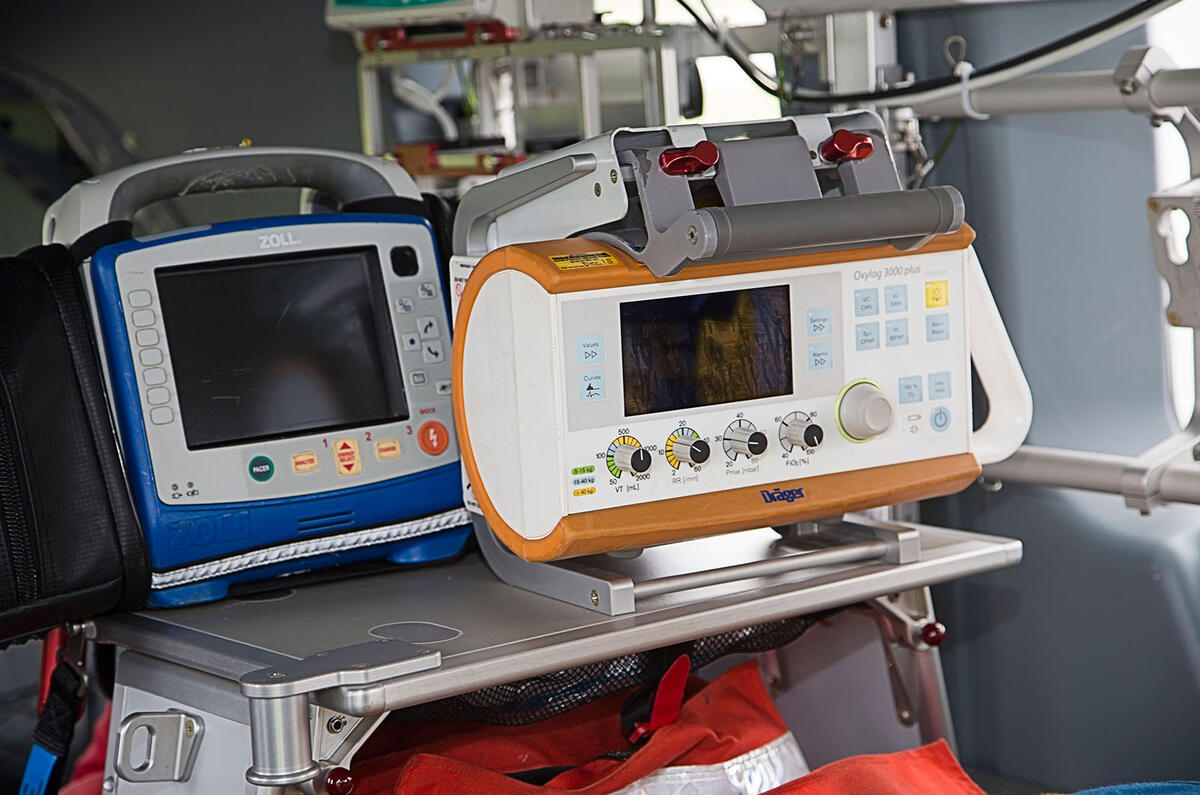
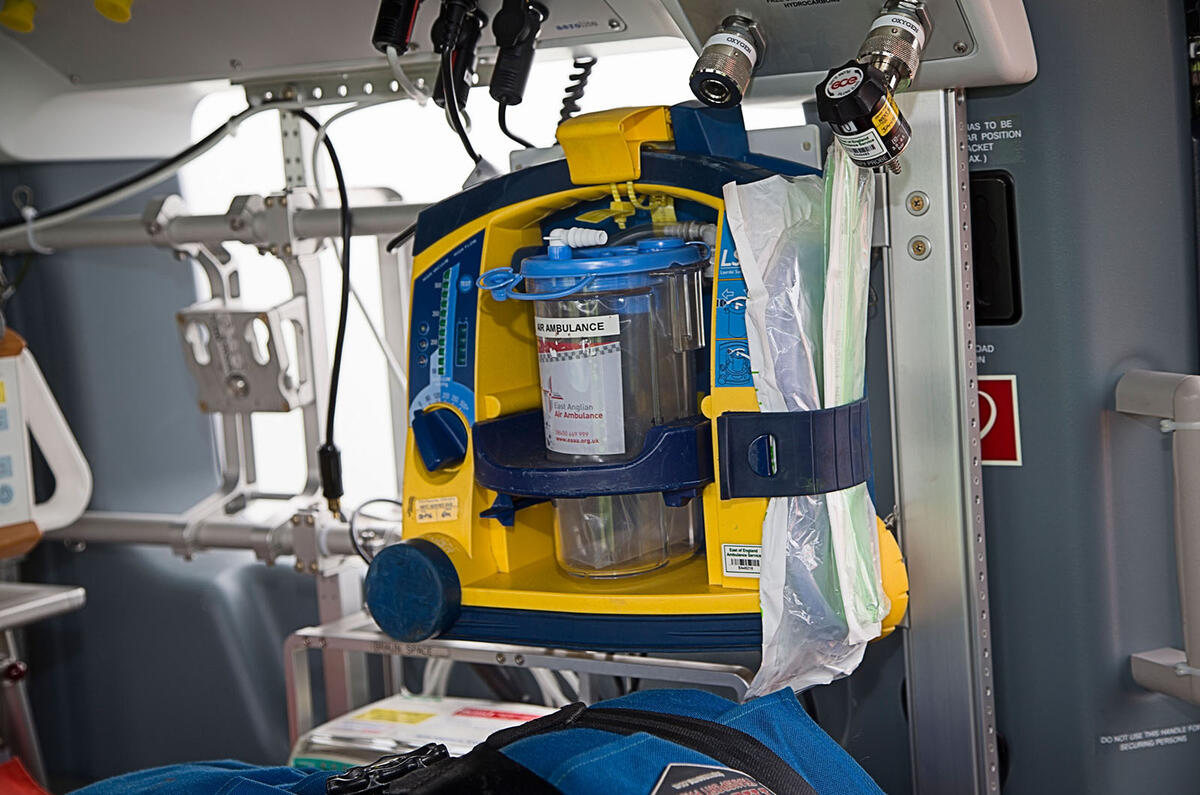
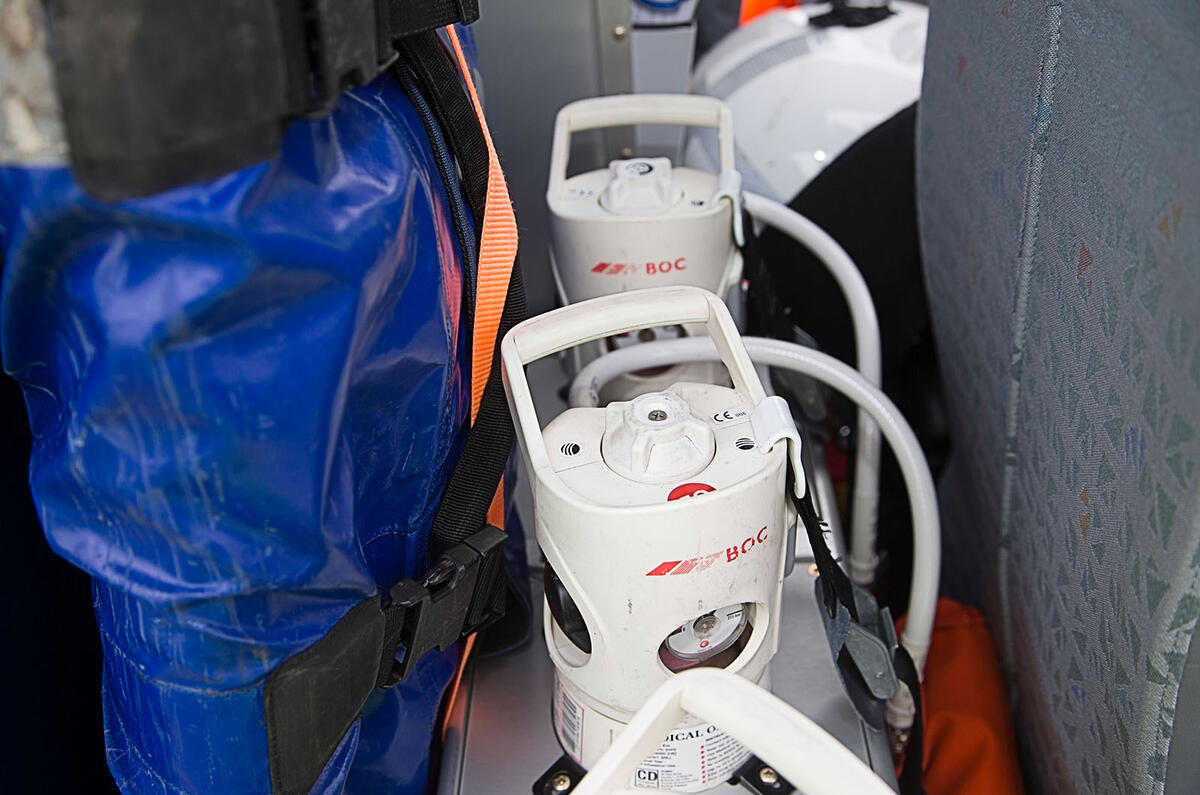
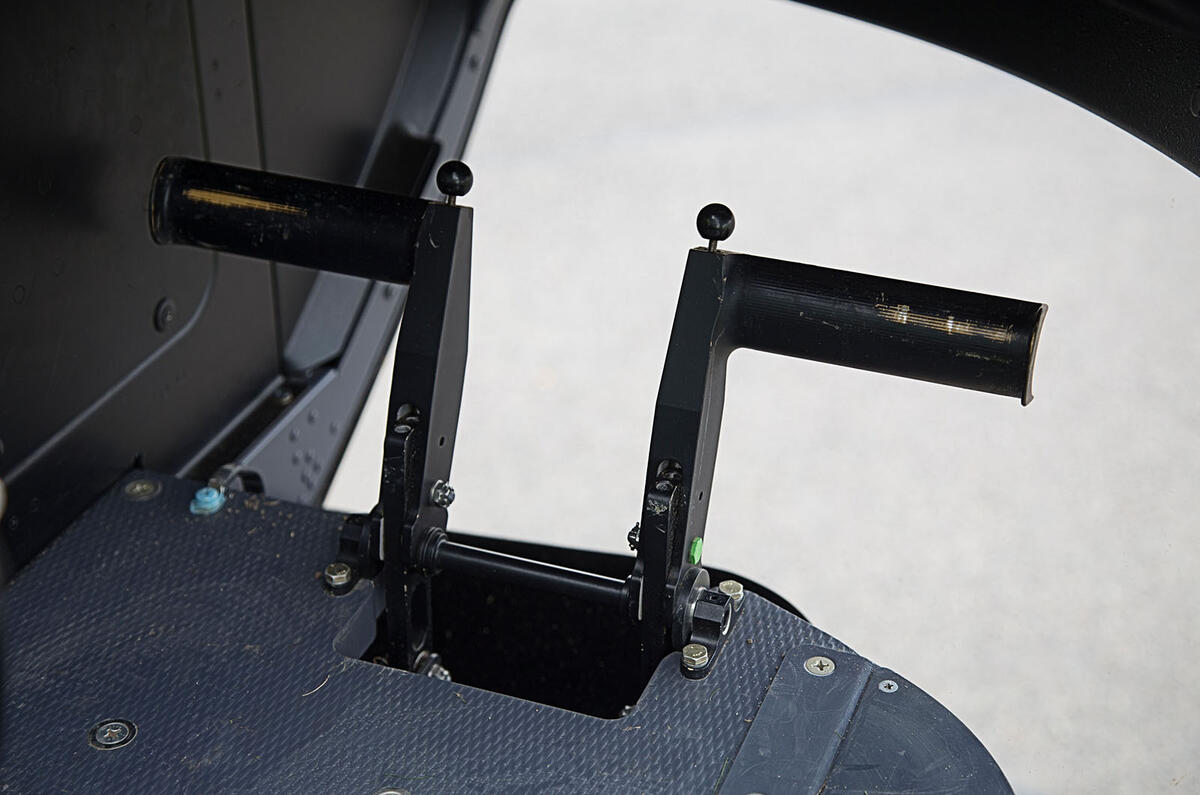
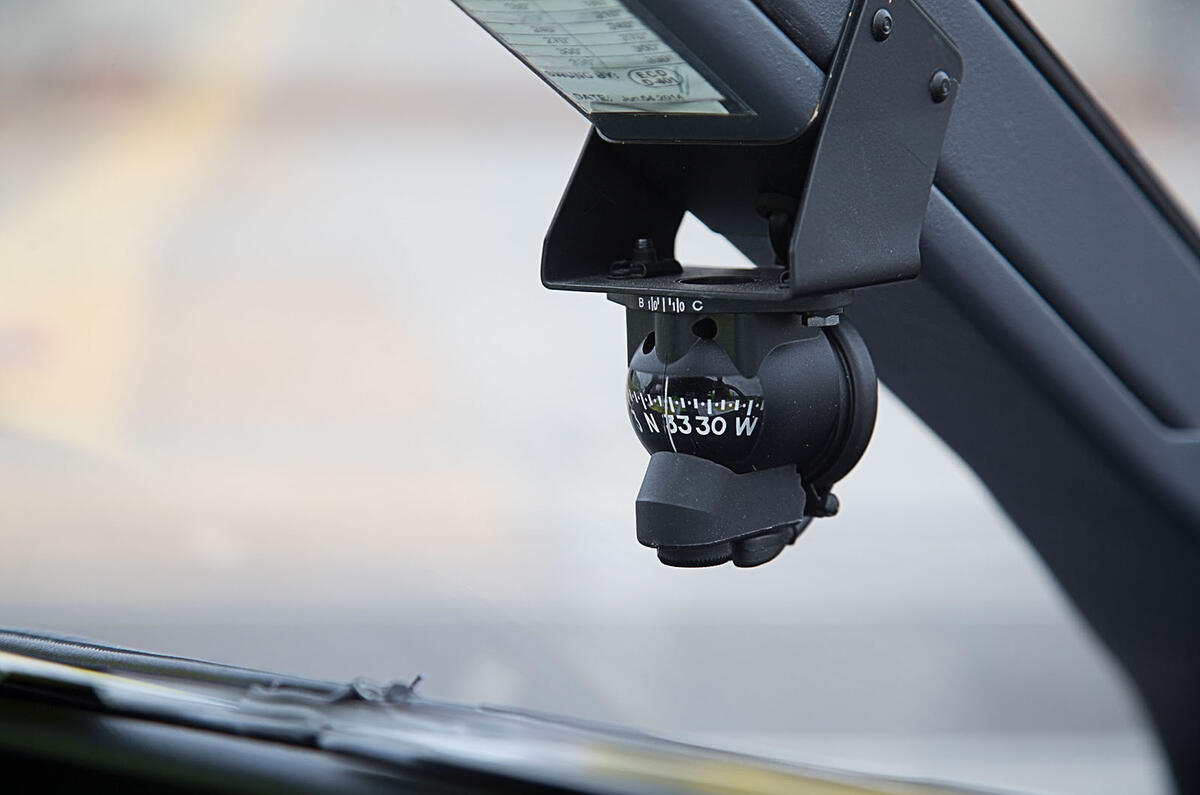
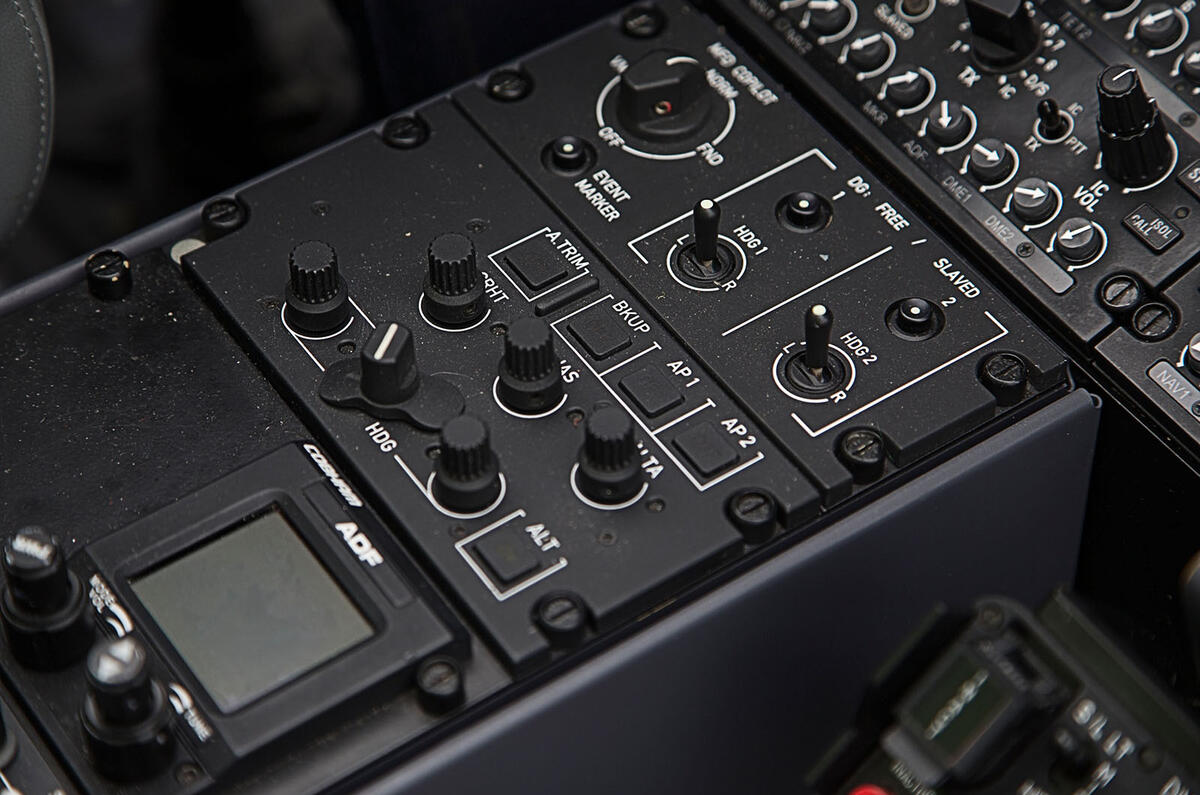
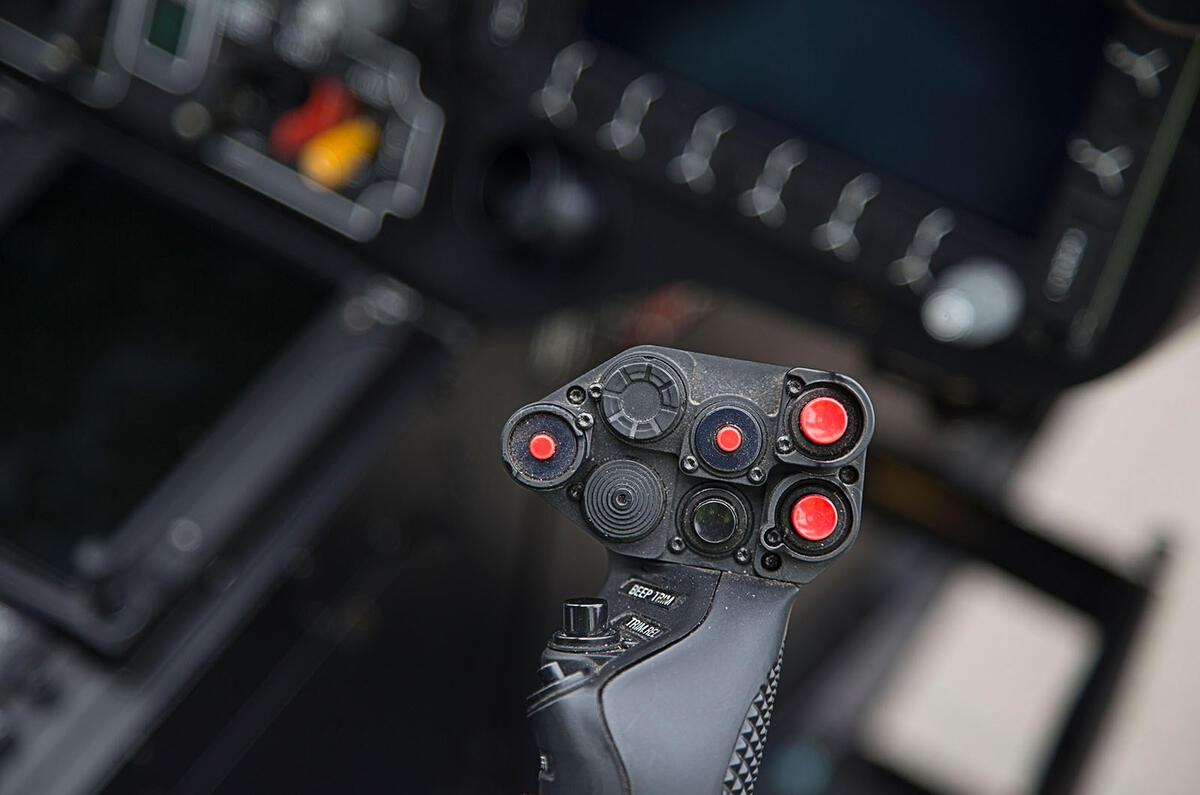
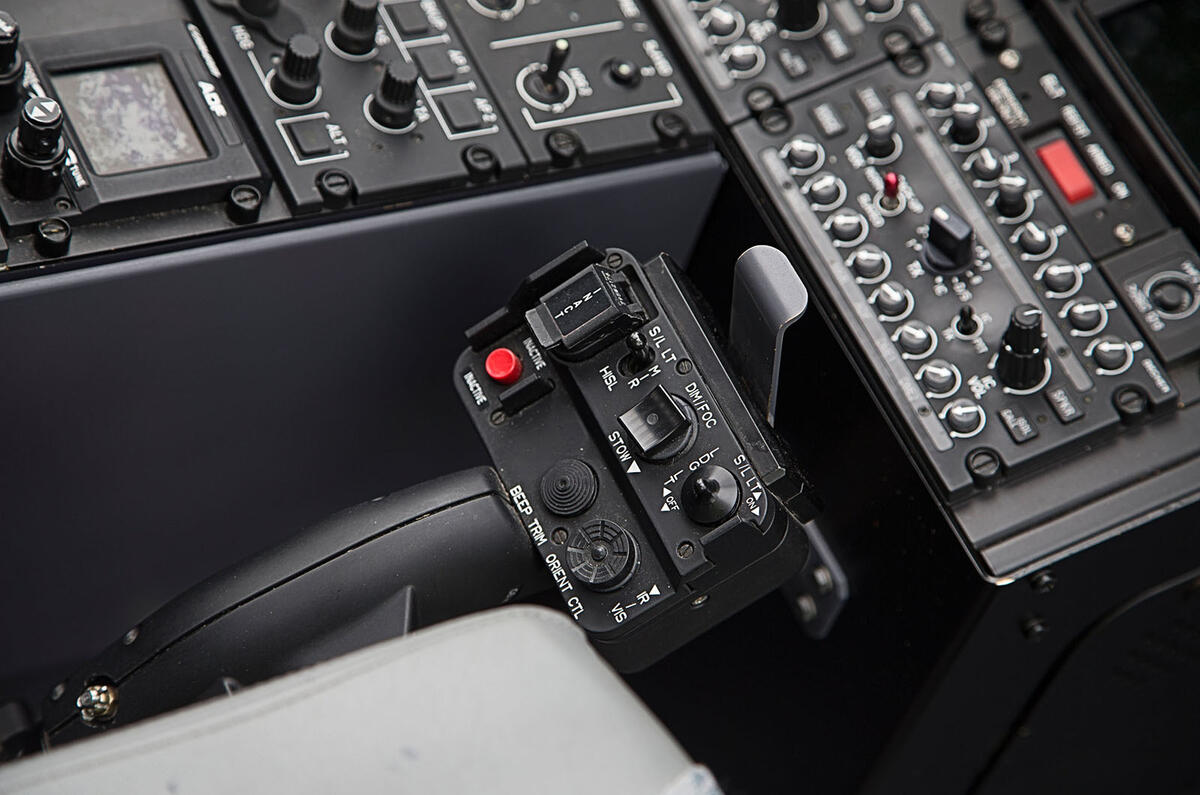
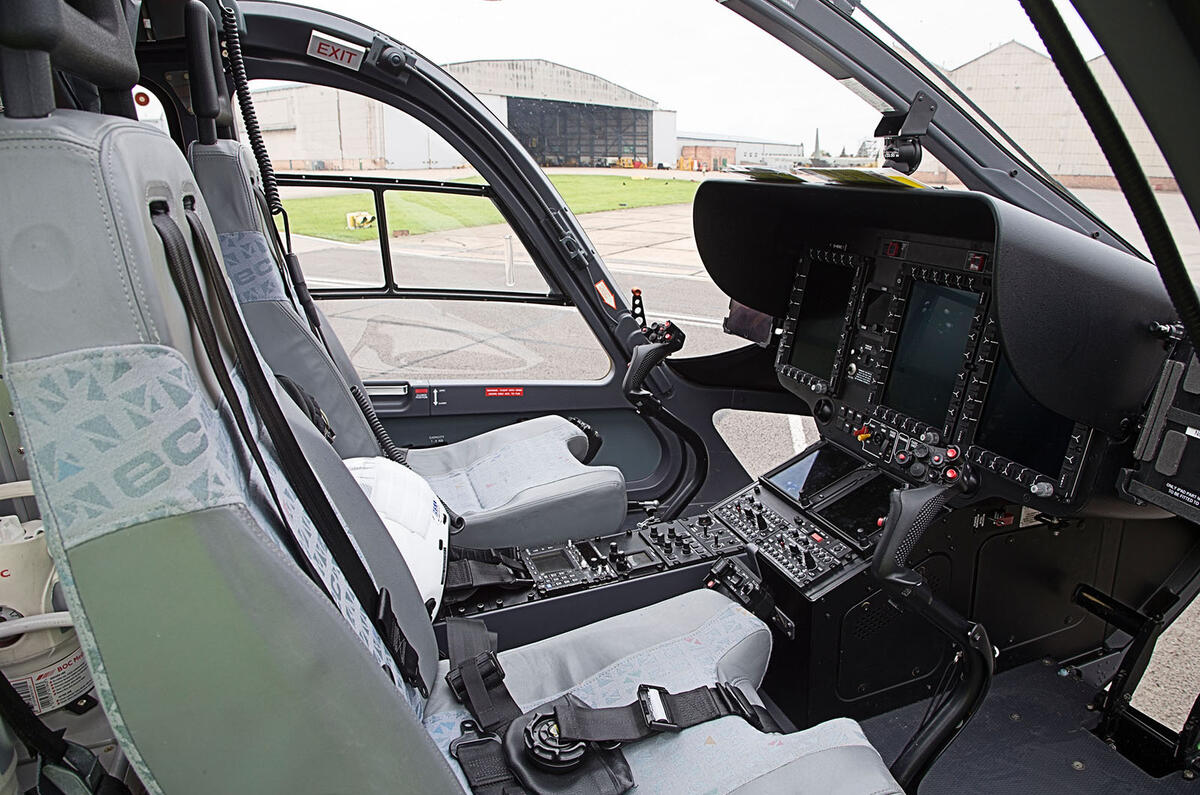
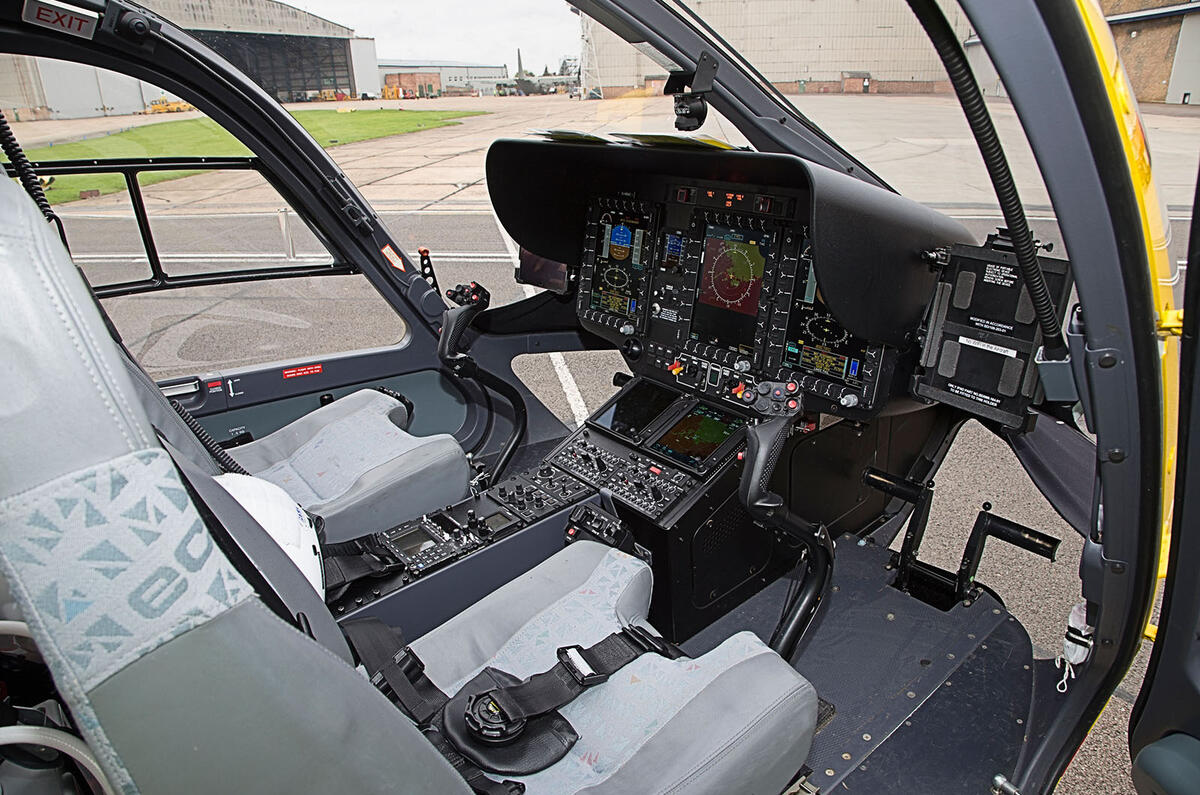
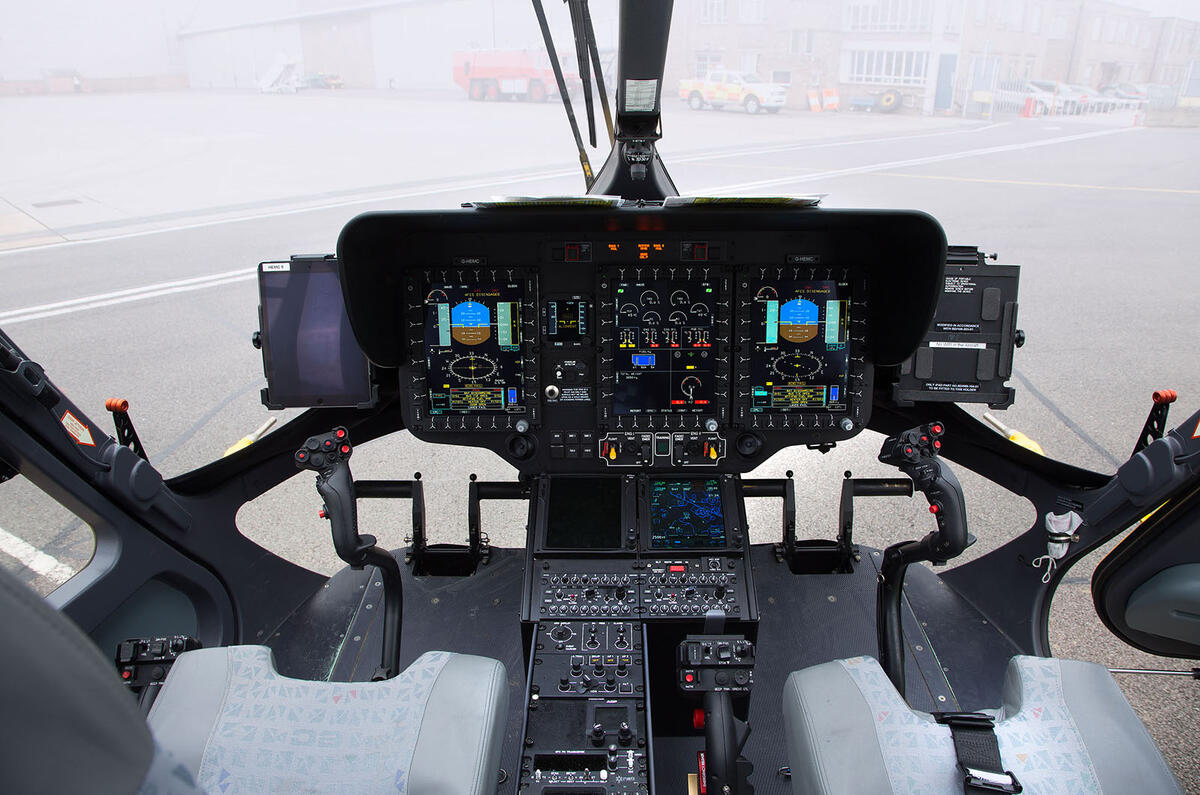

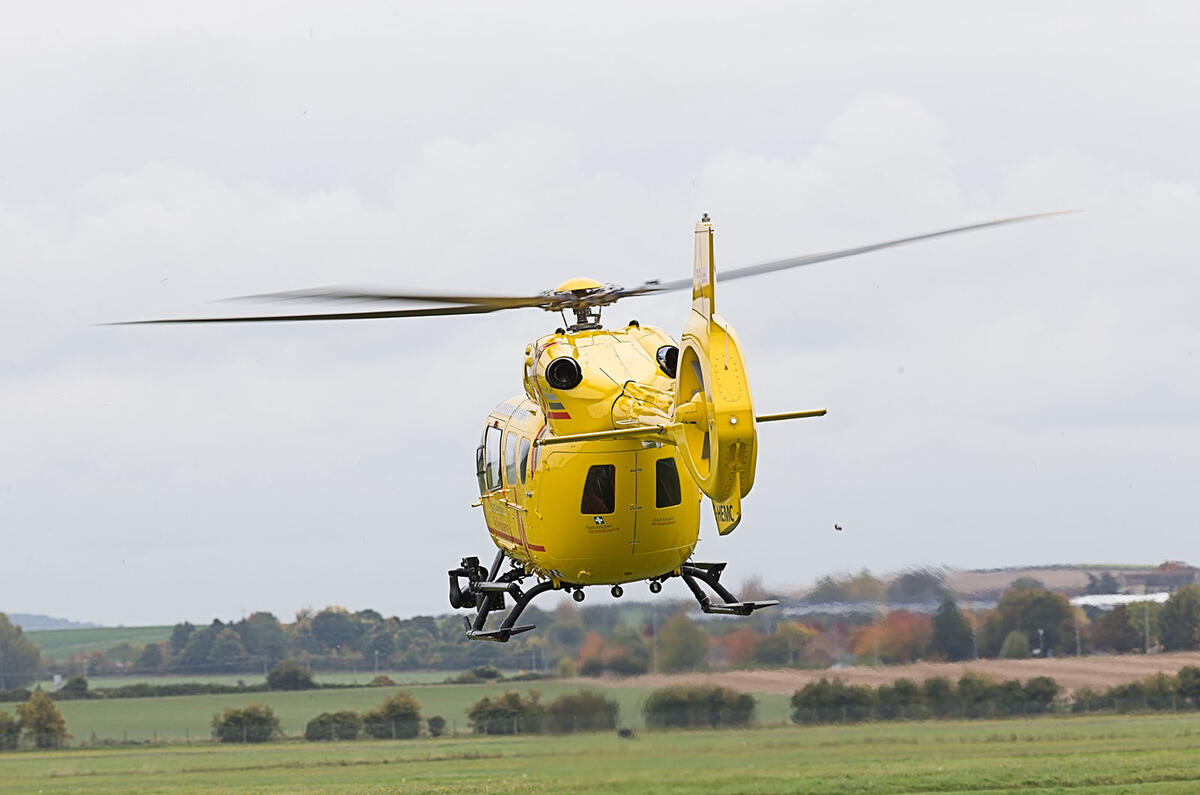
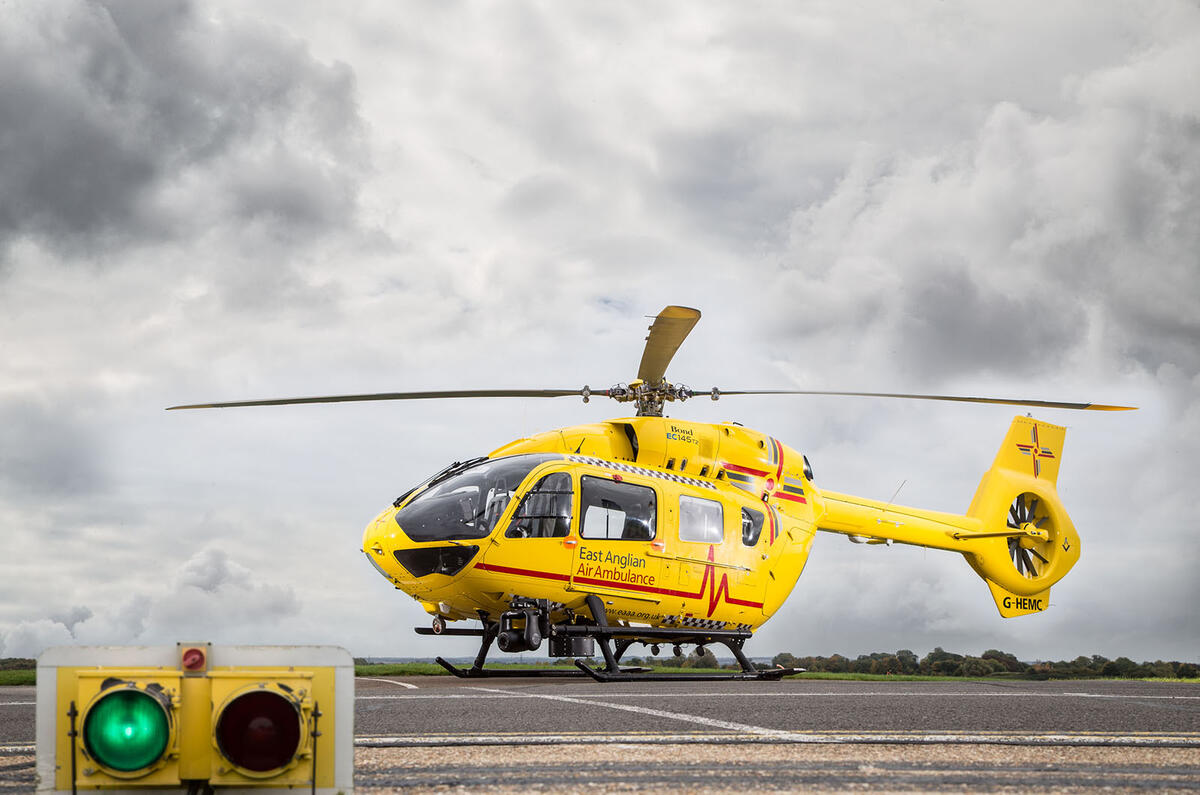
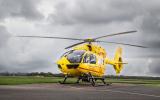
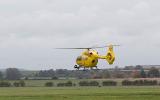
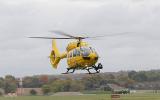
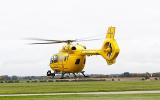

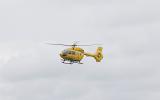
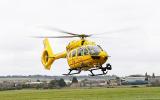
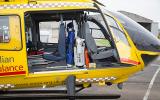
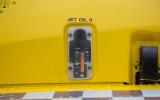

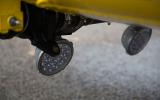

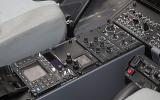
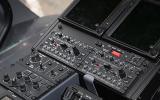
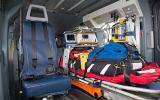
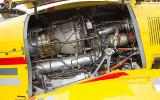
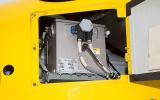
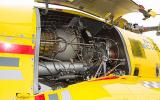
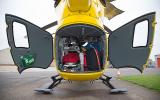
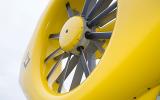

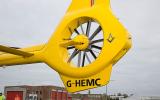
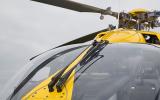
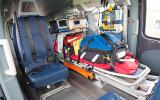
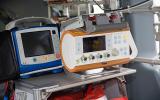
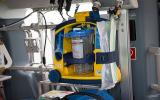
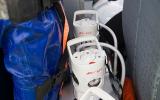
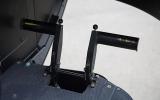

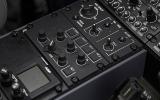

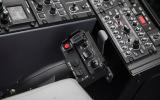

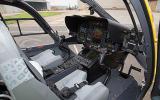
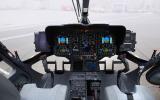
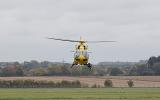
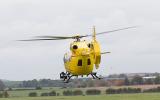



Add your comment